
35246 US 19 North # 215, Palm Harbor, FL 34684, U.S.A.
Tel. +1-727-688 3992; Fax +1-727-934 9275; Email: research(at)i-b-r(dot)org
Main Page | | IBR Grants | IBR Conferences | Latest Discoveries About Us | CV of IBR Members |

Main Page | | IBR Grants | IBR Conferences | Latest Discoveries About Us | CV of IBR Members |
February 15, 2020
DIRECTOR AND PRODUCER: Param Gill
ANCHOR: Ananda Bosman
SHOW CREATORS: Ananda Bosman, Param Gill
QUESTIONS & RESEARCH: Ananda Bosman
DIRECTOR OF PHOTOGRAPHY: Mark Andrews
SECOND UNIT/DIT: Rich Bella
SOUND: William Morales.
Expected availability of the Documentary: late 2020.
CONTACT: Young N Free Films,
1244 Robert Court
Ripon, CA 95366
EMAIL: Ananda Bosman
"ananda(at)anandabosman(dot)com"

Q1: You have reached in your research, history making results. It appears you have proven the prediction made by Albert Einstein that holds historical importance. Could you explain in layman's words what these historic results are?
A1. Recall that quantum mechanical descriptions are dominated by Heisenberg's uncertainty principle for which the position and momentum of particles cannot be jointly determined with classical precision. In 1935, Albert Einstein published a historic paper, jointly with Boris Podolsky and Nathan Rosen (EPR), presenting the view that "quantum mechanics is not a complete theory, " and suggesting that there could exist conditions in nature recovering classical determinism at least under certain limit conditions. These predictions are now collectively known as the "EPR argument" [1]. Following decades of research in the construction of the necessary new mathematics, today known as iso- and geno-mathematics, and the corresponding isotopic and genotopic branches of hadronic mechanics, I published in 1998 paper [2] at Acta Applicandae Mathematicae showing that extended particles in the interior of nuclei admit an equivalent classical image which is impossible for quantum mechanical point particles in vacuum. More recently, I published in 2019 at Ratio Mathematica paper [3] showing that extended particles in the interior of nuclei and stars progressively approach Einstein's determinism in a way proportional to the density of the medium. Detailed presentations of these results are available in Refs. [4]. By recalling that the entirety of the microscopic world is nowadays solely represented with quantum mechanics, the "completion" of quantum mechanics into the covering hadronic mechanics has possible implications in all quantitative sciences.
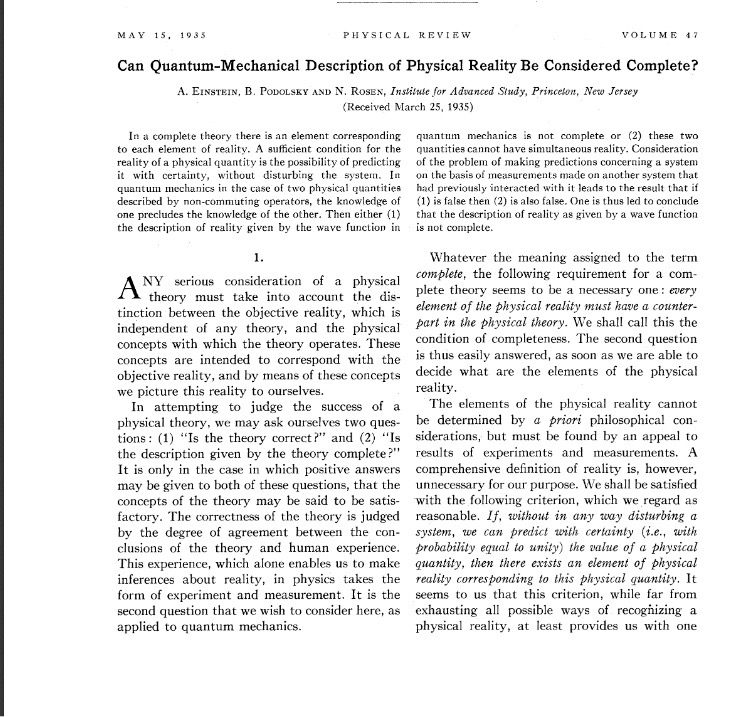
Q2. What is the history-making announcement you are planning for this year?
A2. In the proposed International Workshop on Einstein determinism [4C] we would like to review and debate: about fifty years of research that I initiated at Harvard University in the early 1980's under DOE support, the construction of hadronic mathematics, mechanics and chemistry; the apparent proofs of Einstein's predictions; and their applications particularly for the solution of our increasingly alarming environmental problems.
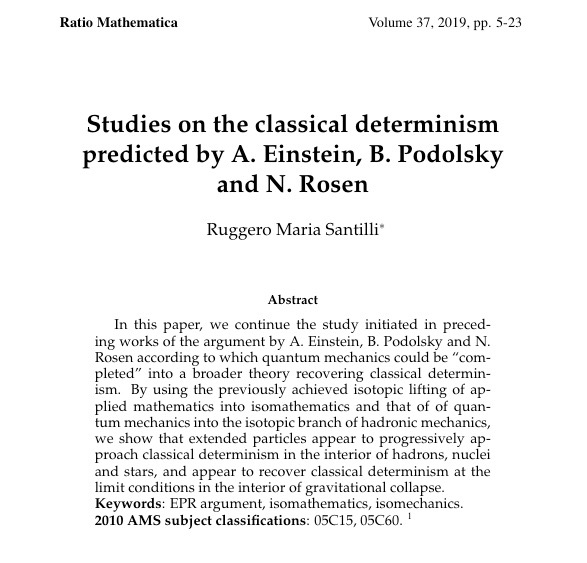
Q3: What brought you to your first flash of genius insight? What lead up to this onset of clarity?
A3. In 1935, the Nazis were at the peak of their military, political, as well as, mostly ignored, scientific power since quantum mechanics was conceived by German scientists such as Planck, Heisenberg, Schroedinger and others. Therefore, the 1935 paper by Einstein, Podolsky and Rosen was strongly criticized by important scientists of the time, such as Niels Bohr [5] and others (see the general bibliography in Ref. [6]). During my graduate studies in physics at the University of Torino, Italy, in the mid-1960's, I studied papers in the EPR argument as part of our graduate curriculum, and did not consider valid all objections I could locate against Einstein's argument that "quantum mechanics is an incomplete theory" [6] because quantum mechanics was conceived and verified for permanently stable systems such as the structure of the hydrogen atom, which are invariant under time reversal, in the sense that their image under time reversal verifies causality laws. As such, quantum mechanics cannot provide a consistent description of all energy producing processes, whether in physics or in chemistry because they are irreversible over time, in the sense that their time reversal image violates causality, as it is clearly the case for fossil fuel combustion whose time reversal image would imply that the exhaust should reconstruct the fuel. In this way, I reached the conviction, I hold to this day, that even though magnificently valid for reversible systems of point-like particles in vacuum, Einstein is correct in stating that "quantum mechanics is "incomplete" in the sense that it could admit a broadening permitting a consistent treatment of irreversible events. I, therefore, decided to dedicate my research life to the "completion" of quantum mechanics into a covering theory describing irreversible systems of extended particles in general, and reversible structure of point-like particles as particular cases.

Q4. What is the most important flash of mathematical genius that lead you to generalize quantum mechanics into hadronic mechanics?
A4. The generalization of Newton's differential calculus, from its historical definition at isolated points, to covering forms I called isodifferential and genodifferential calculus [4F] which are defined on volumes representing the extended character of particles. The isodifferential calculus holds for time-reversal invariant systems of extended particles, while the broader genodifferential calculus holds for time irreversible systems. The most important limitation of quantum mechanics, namely, the abstraction of particles as being point-like contrary to clear evidence of the extended character of the constituents of matter, is ultimately due to the fact that the dynamical equations of quantum mechanics, such as the Schroedinger and the Dirac equations, are based on Newton's differential calculus, thus being solely able to characterize points. Hence, there was no realistic way to generalize quantum mechanics into a form representing extended particles without the prior generalization of Newton's differential calculus. In particular, the novel iso- and geno-differential calculus are crucial for the verification of Einstein's prediction of classical determinism that solely holds fro extended particles.
Q5. What is the most important flash of physical genius that lead you to generalize quantum mechanics into hadronic mechanics?
A5. I initiated my search by studying Lagrange's original papers, mostly written in Italian in the town of Torino, Italy, where he was born. In these papers, Lagrange stressed that nature admits systems with and without a potential energy; he represented systems with a potential energy with a function today known as the Lagrangian, which is at the foundation of quantum mechanics; and he represented non-potential systems with terms external to his celebrated analytic equations. These external terms have been vastly ignored in the 20th-century physics and chemistry because representing irreversibility, thus being structurally beyond any possible representation by quantum mechanics. Therefore, I decided to generalize quantum mechanics into a theory admitting a consistent classical and operator representation of Lagrange's external terms that were mathematically represented via the difference between Newton's differential calculus and its iso- and geno-differential coverings. In your language, Lagrange's work dealt with macro-irreversibility namely, the irreversibility of macroscopic systems. The Lie-admissible/genomathematic branch of hadronic mechanics, which you also call quite nicely the genotopic plane, dealt with micro-irreversibility, namely, the irreversibility over time of the particle world. This is typically the case of all new particle identified at CERN and other particle physics laboratories because they are unstable in the sense that they are created in laboratory and then decay. Their irreversibility stems from the fact that their time reversal image would violate causality laws, for instance, the effect would precede the cause. The importance of the proof of Einstein's vision on classical determinism is that there is a continuous transition from micro- to macro-irreversible systems without discontinuity.< p>
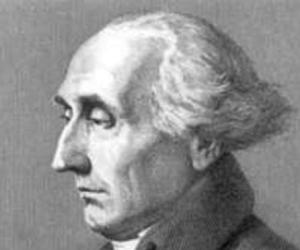
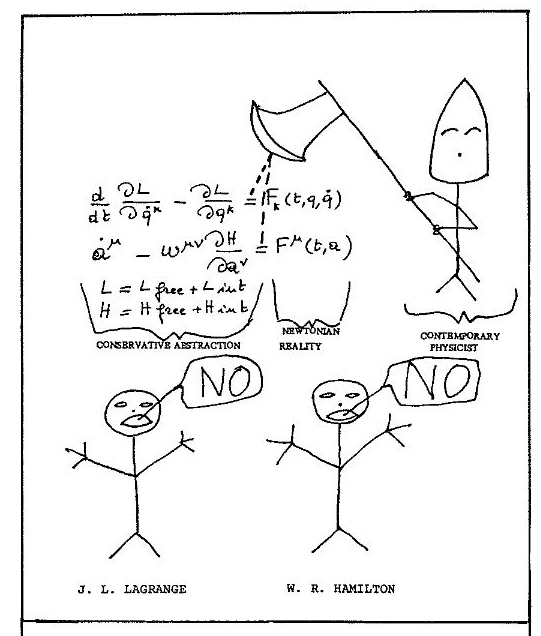
Q6. You have been listed by the Estonia Academy of Sciences in 1990, when still under the communist regime, as one of the most important applied mathematicians of all times, jointly with Gauss, Cayley, Fourier, and other illustrious mathematicians, for your discovery of the Lie-admissible generalization of the Lie algebras of quantum mechanics, a generalization today known as Santilli genomathematics. Can you outline in simple words this flash of genius?
A6. On algebraic grounds, quantum mechanics is based on the conventional associative product AB of numbers, functions or matrices A and B, as well as the time reversal invariant combination AB - BA, known as the Lie product, which characterizes the basic dynamical equations of quantum mechanics. My single most important idea to incorporate irreversible processes was that of generalizing the associative product AB into the form ARB where R is a fixed quantity representing Lagrange's external terms for motion forward in time, with the conjugate expression BSA where S represents Lagrange's terms for motion backward in time, resulting in the covering ARB - BSA of Lie algebras AB - BA, today known as Santilli Lie-admissible product, which guarantees irreversibility for R different than S. I, therefore, published in 1967 my Ph. D. Thesis presenting the first known Lie-admissible generalization of Lie algebras for irreversible systems [7] (see the recent account [8]), that was quoted by the 1990 Nomination I received from the Estonia Academy of Sciences since it implies a structural generalization of the entire 20th century applied mathematics.
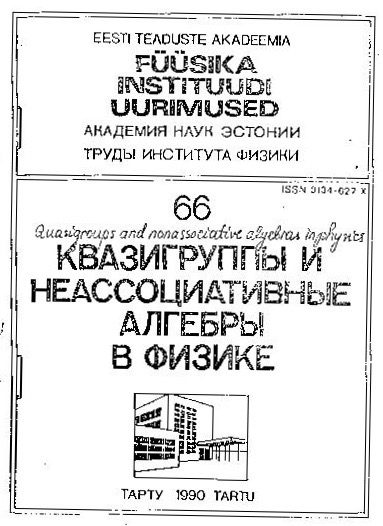
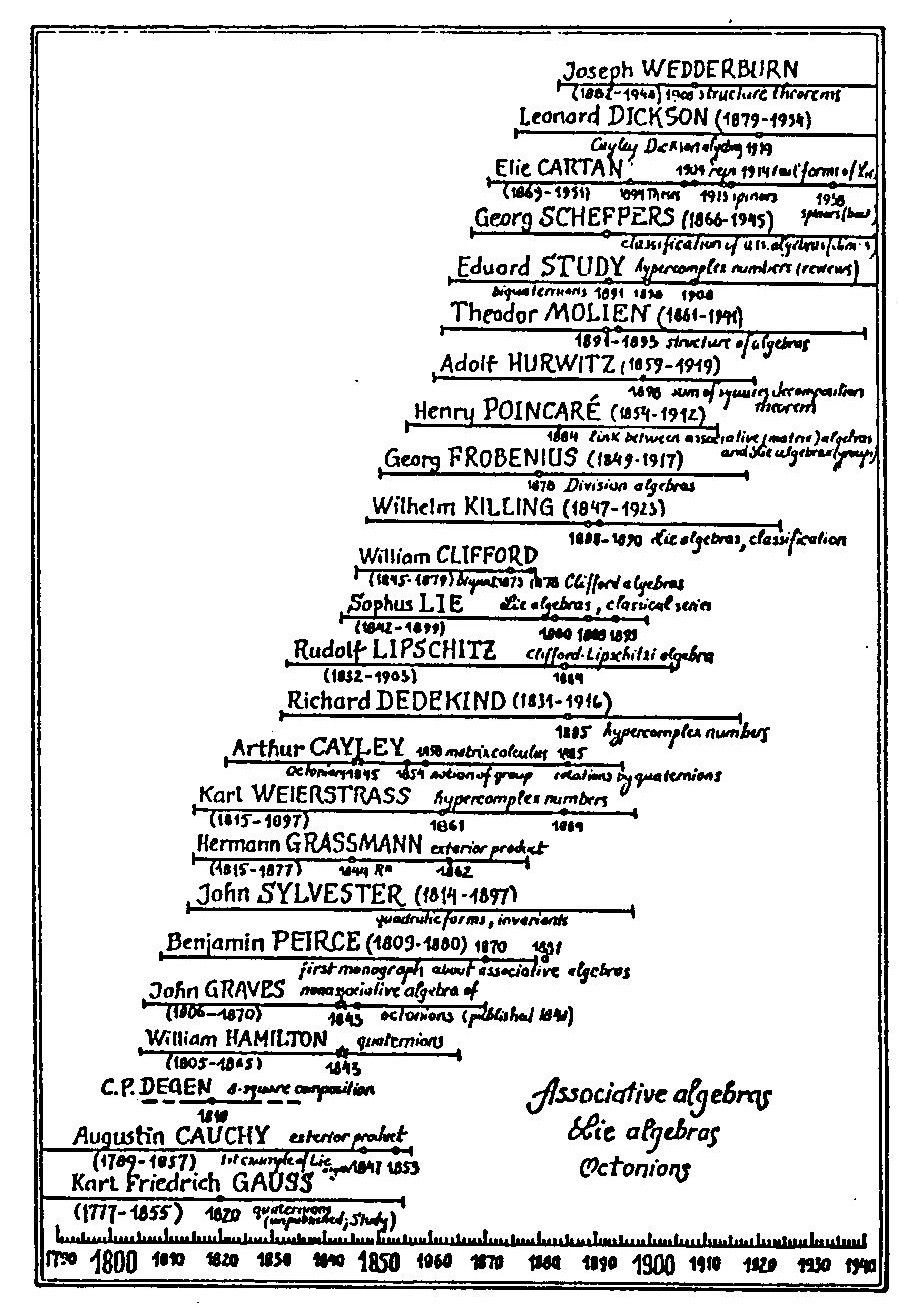
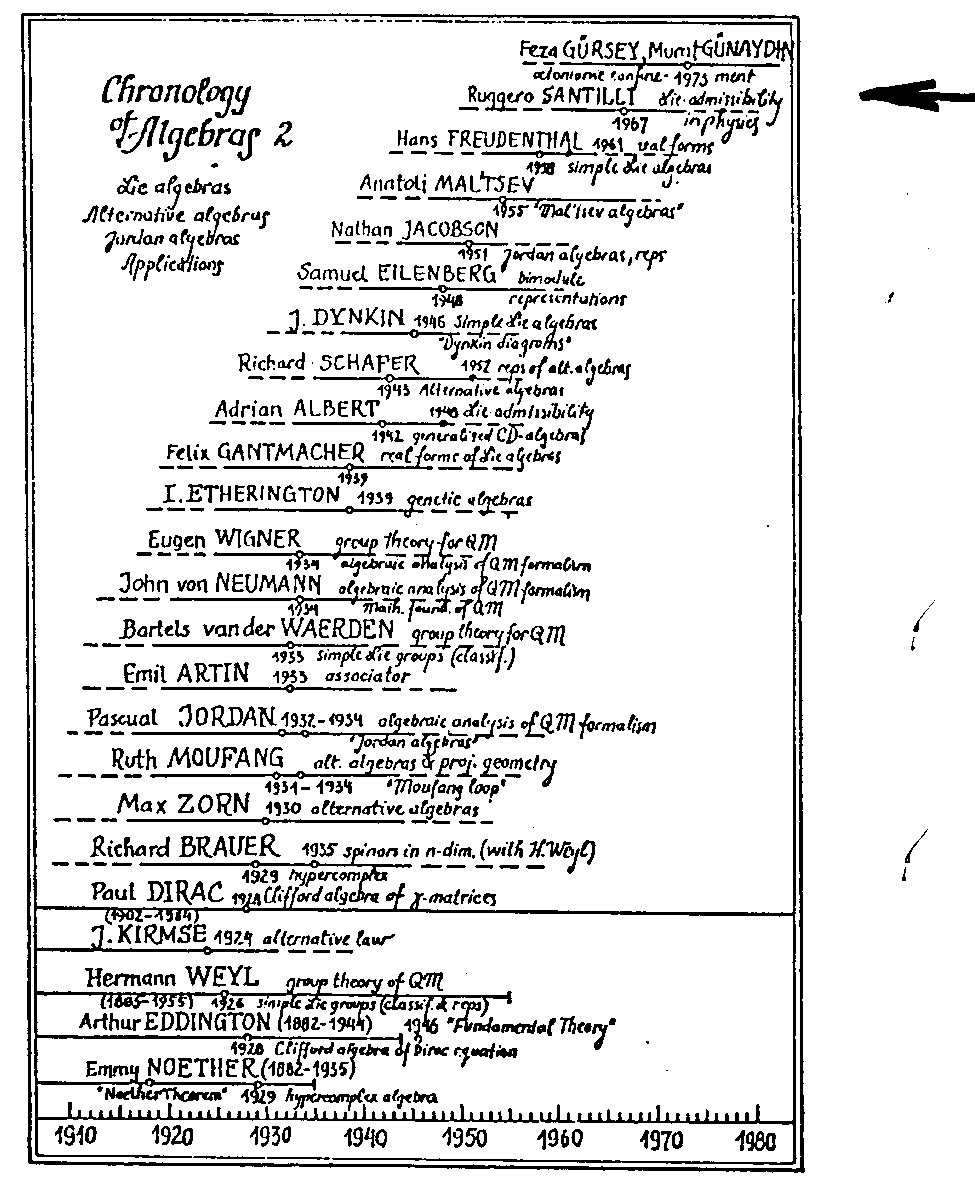
Q7. With your formulation of invariant systems and irreversibility via the new iso- geno- and hyper-topic branches of mathematics, physics and chemistry, new grounds have been made including the first glimpse of natural system as invariant systems, and even biological systems as clearly invariant systems, that were not able to be modeled with the previous branches of physics and mathematics, as you gave clear example of. The new physics you have pioneered also has engaged many numerous experiments based on the exact predictions of hadronic mechanics, which implies a macro irreversibility. This is such an astounding foundation, that it could be compared to being akin to discovering All Is God, philosophically. Could you elaborate on the above and other indicators for macro-irreversibility, including in hadronic astronomy?
A7. Thank you for raising the issue of "invariance of physical and biological systems," The "invariance" we have studied is the preservation over time of shapes, density and interactions for systems that are irreversible over time, such as nuclear fusions or the lift of a bee. Quantum mechanics cannot even represent these systems, let alone achieve their invariance over time. We did manage to achieve said invariance but only after generalizing Newton's differential calculus, from its historical definition at isolated points to the covering definition for volumes. A technical review of these results is available in Ref. [4A], Section 3 in general, and Section 3.9 ion particular. Thank you for asking the important questions pertaining to micro- irreversibility , macro-irreversibility and their relationship. With reference to the preceding exchange, Lagrange equations with external terms dealt with macro-irreversibility namely, the irreversibility of macroscopic systems. The Lie-admissible/genomathematic branch of hadronic mechanics, which you call quite nicely the genotopic plane, dealt with micro-irreversibility, namely, the irreversibility over time of the particle world. This is the case of all new particles identified at CERN and other particle physics laboratories because they are unstable in the sense that they are created in laboratory and then decay, some following an extremely short life of the order of 10-30 seconds.. Their irreversibility stems from the fact that their time reversal image would violate causality laws because the effect would precede the cause. The importance of the proofs of Einstein's vision on classical determinism, Refs. [2] [3] is that there is a continuous transition from the particle micro-irreversibility to Lagrange to macro-irreversible systems without discontinuity,
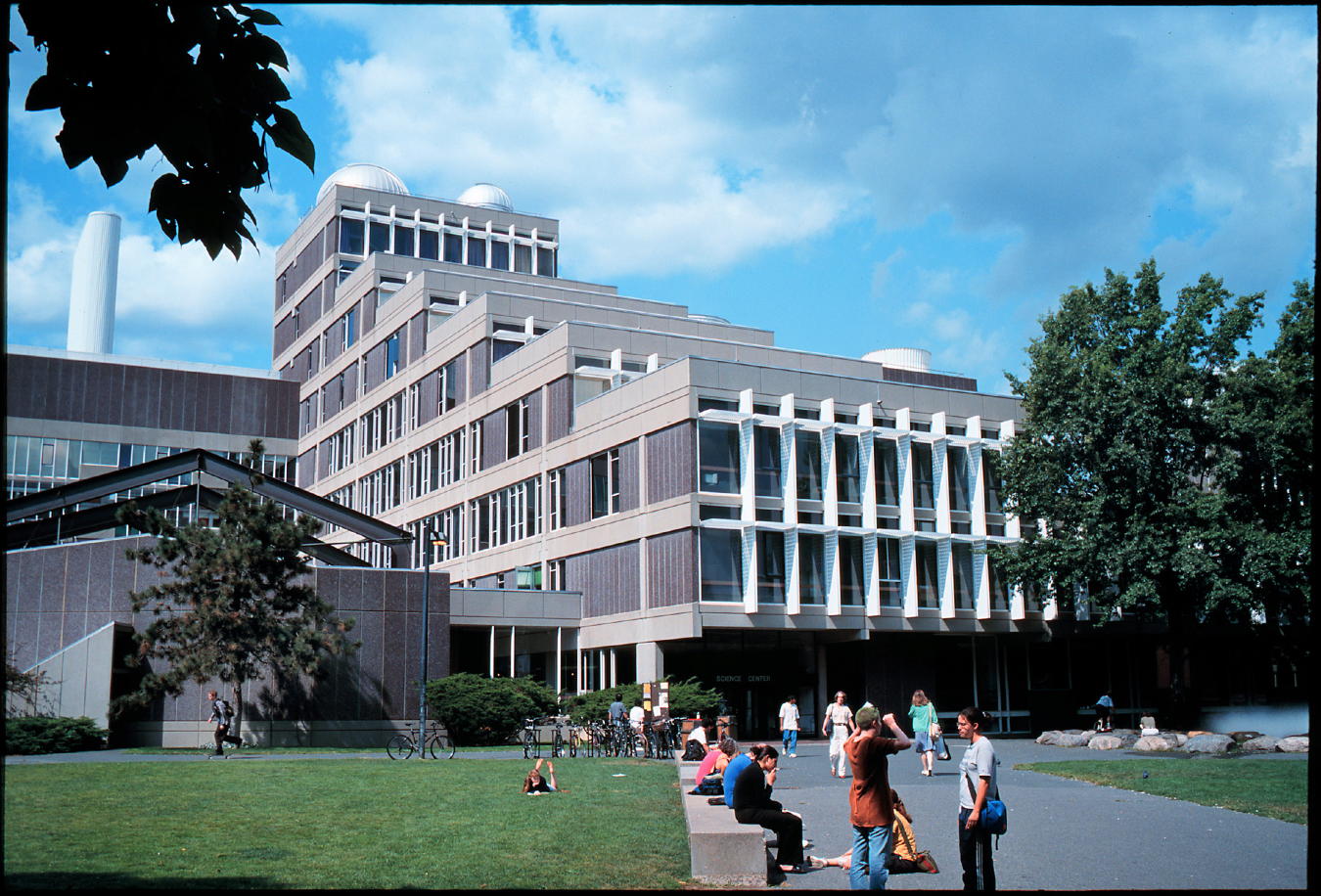
Q8. Many thinkers in the mystical fields have focused on the rather old concepts of "quantum transparency” and "quantum coherence," to frame their “oneness” experiences on. However, macro irreversibility and the hyperbolic plane has implications so far beyond these. How did macro irreversibility emerge in your work? And what experiments initially revealed the hadronic macro irreversibility, asides from the ones already implied?
A8. Your important question on "quantum transparency" is related to the prediction according to which a cat sealed in a box containing poison, in view of Eisenberg's uncertainties, can be seen from the outside dead or aline. This thought experiment was originally conceived by Einstein to illustrate his historic quote God does not play dice with the universe. For some reason, Einstein's thought experiment was later called Schroedinger cat. The apparent inconsistency originates from the point-like approximation of particles by quantum mechanics, and this must be assumed to be the case for consistency also for the representation of the cut. The question itself as to whether a "point-like cut" is dead or alive warrants, in my view Einstein's lack of acceptance of quantum mechanics as a final theory. Hadronic mechanics represents all entities as extended, thus having a structure, within physical media, such as for a proton inside a nucleus. Ref. [3] provided the apparent proof that, under these conditions, Heisenberg's uncertainties tend to zero with the increase of the density of the medium. It seems to be evident to all that, under the removal of Heisenberg's uncertainties, the Einstein-Schroedinger thought experiment cannot be consistently formulated. Your additional important question on "quantum coherence" is related to Einstein's additional reason for never accepting quantum mechanics as a final theory. It deals with the experimental evidence that particles can instantly affect each other at a distance, by therefore requiring impossible superluminal interactions. Hadronic mechanics has resolved this additional inconsistency with the representation of the wavepacket of particles as being extended. It then follows that particles are in condition of continuous mutual overlapping, thus entanglement of their wavepackets, with ensuing lack of superluminal interactions for the propagation of the information.
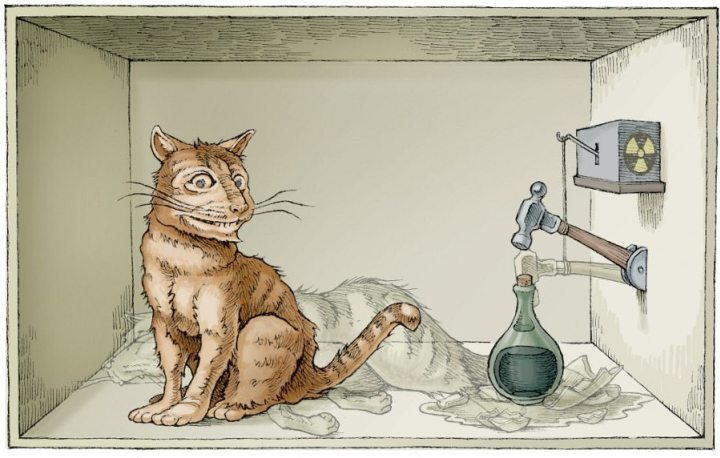
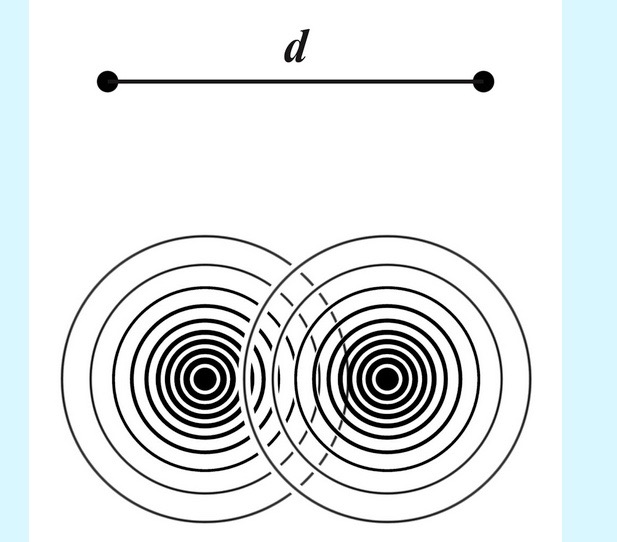
Q9. What kind of experimental verifications have continued to emerge.
A9. In particle physics, we have achieved systematic experimental confirmations of the synthesis of the neutron from the hydrogen atom [9] with related industrial applications given by the Directional Neutron Source (DNS) to scan baggage for concealed nuclear weapons [10]. In astrophysics we have achieved systematic experimental confirmations of the loss (acquisition) of energy of light when passing through a cold (hot) gas, with ensuing redshift (blueshift) known as isoshift that confirm Zwicky's hypothesis that galactic light loses energy to the very cold intergalactic medium without any need for the expansion of the universe [11]. In chemistry, we have achieved the first and only known attractive force between identical valence electrons with a consequential quantitative representation of molecular structures with important environmental applications for the clean combustion of fossil fuels [12]. We have also introduced the new chemical species of magnecules [13] and provided experimental evidence on its existence [14] with industrial applications under development in various countries (see memoir [15] for a general review of experimental verifications).

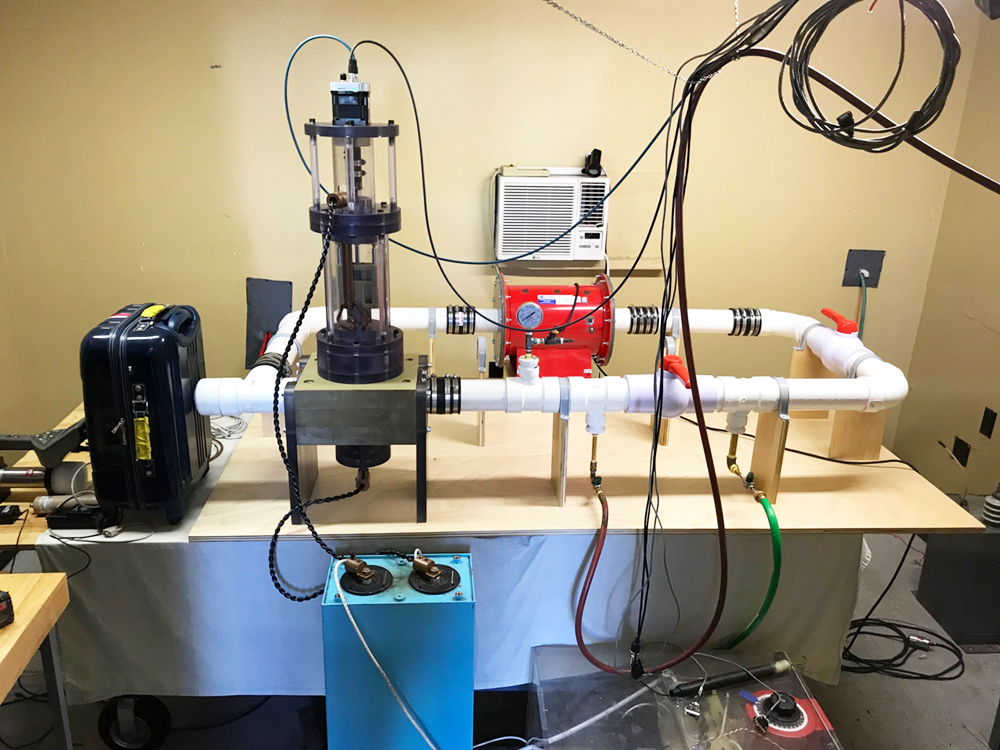

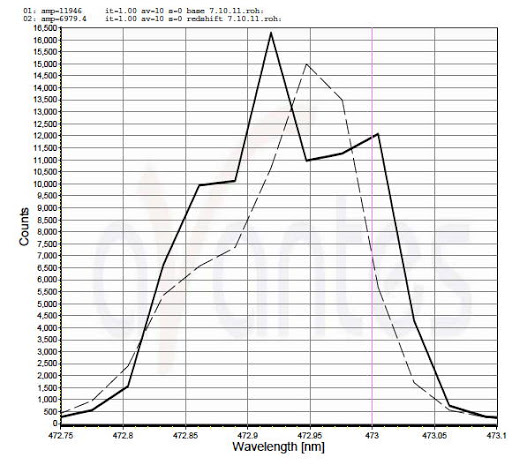

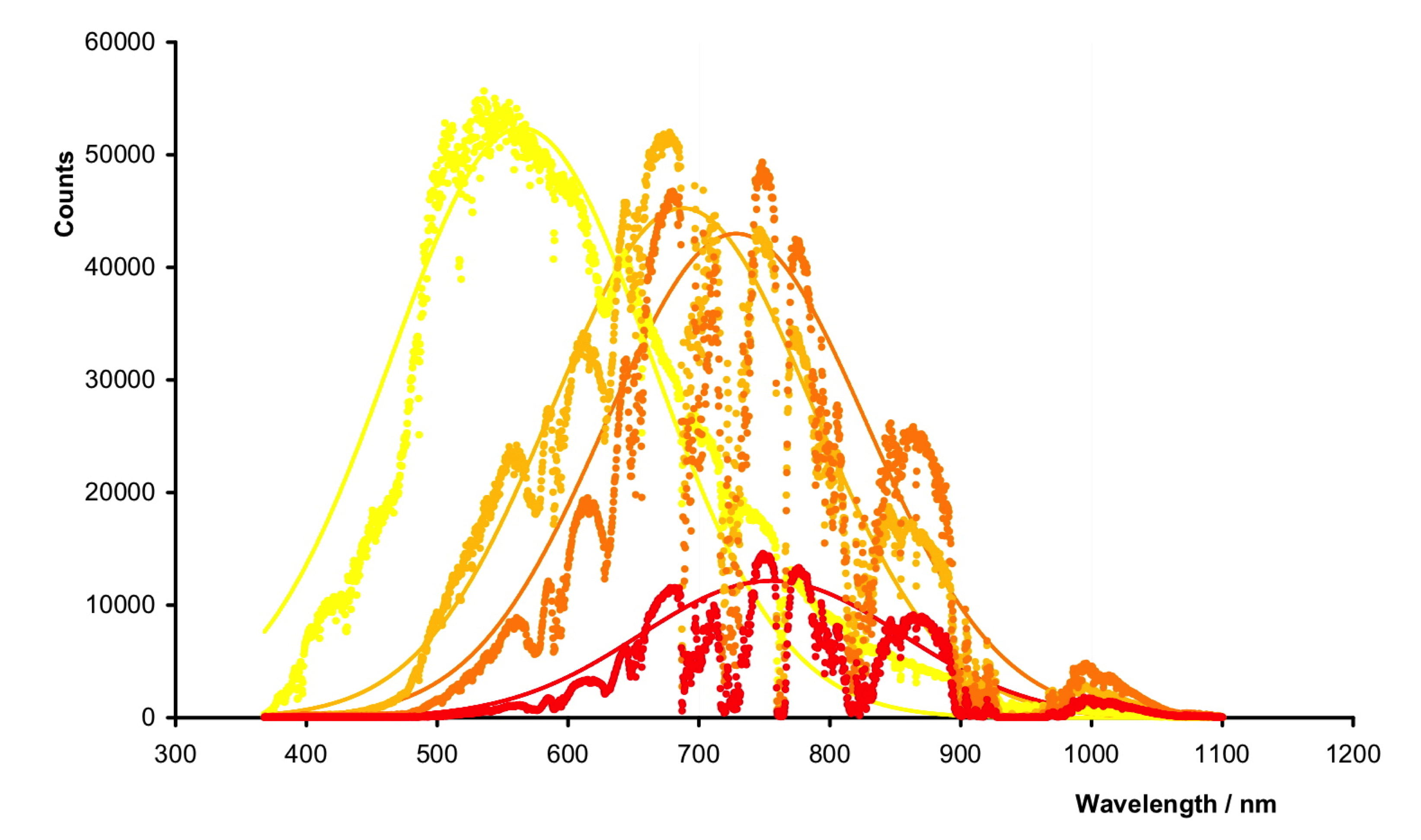
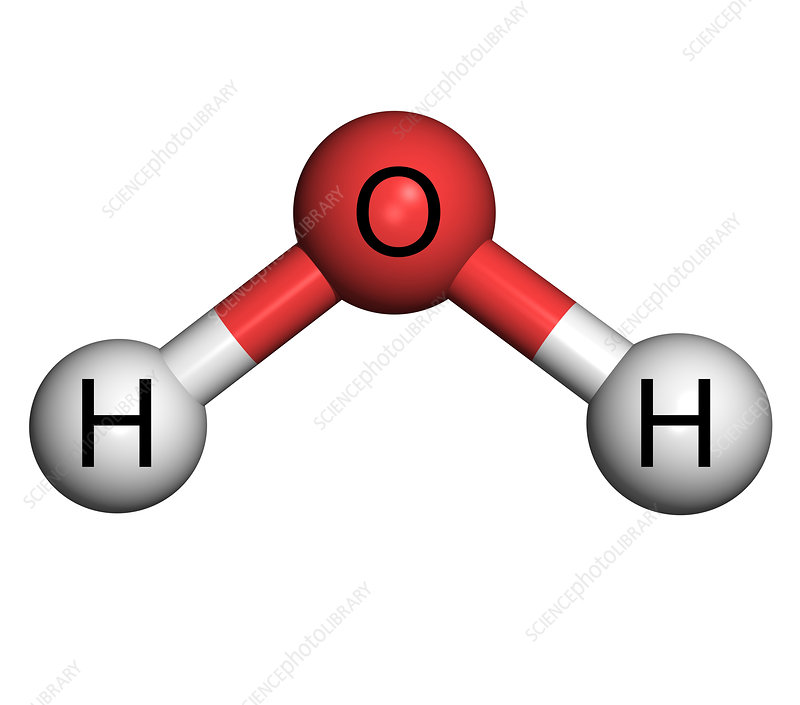
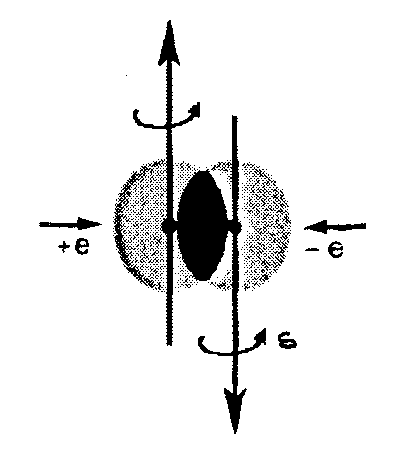
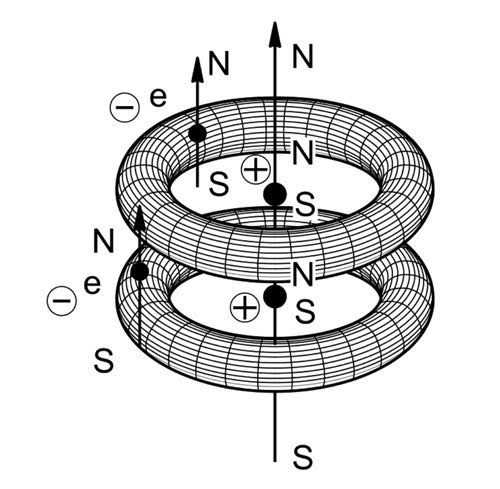

Q10. We all know our increasingly alarming environmental problems caused by a disproportionate combustion of fossil fuels, such as the smog of our large cities. Can you outline the expected contribution by hadronic mechanics to the solution of these environmental problems, such as with your hyper combustion systems?
A10. There comes a time in the life of a physicist at which physical evidence has to be admitted. We have been unable to achieve the controlled fusion in seventy years of attempts and the worldwide expenditure of over one billion dollars of public funds. It is time to admit that the ultimate origin of this historic failure is the inability by quantum mechanics to provide consistent predictions of new clean energies due to their irreversibility over time compared to the strict time reversibility of quantum axioms. According to available theoretical and experimental evidence, The :completion" of quantum mechanics into hadronic mechanics has allowed the identification of basically new controlled fusions [16], clean combustion of fossil fuels [17] and other forms of clean energies deserving due scientific process.
Q11. Can you outline the main flash of novelty in your controlled fusion?
A11. The reason for the impossibility to achieve the controlled fusion is that nuclei are positively charged. Consequently, nuclei experience the mutual Coulomb repulsion which is inversely proportional to the square of the distance. Attempt to achieve the controlled fusion are doomed to failure because, at the distance 10 -15 cm necessary for nuclear fusions, nuclei experience the astronomically big repulsive force F Ň - 1030 N under which nuclear fusions are impossible. Additional attempts to overcome this repulsion via high energy collisions are equally doomed to failure due to known uncontrollable instabilities caused by high energy collisions. Our basically new approach to controlled fusion is based on the synthesis of negatively charged nuclei [10,18] that, as such are attracted at 10-15 cm mutual distance, rather than being repelled, with a force F Ň + 1030 N, which renders fusions unavoidable.
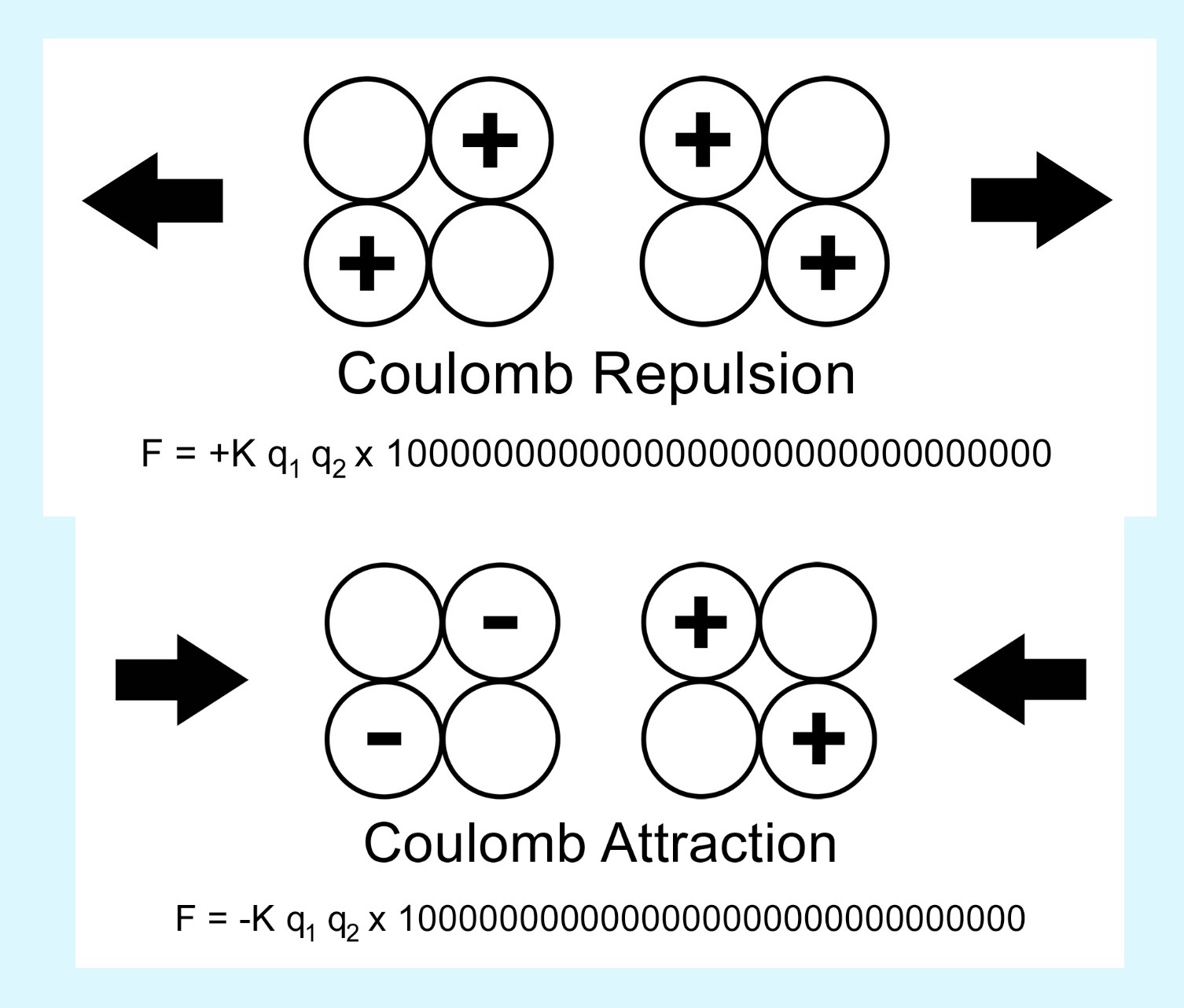
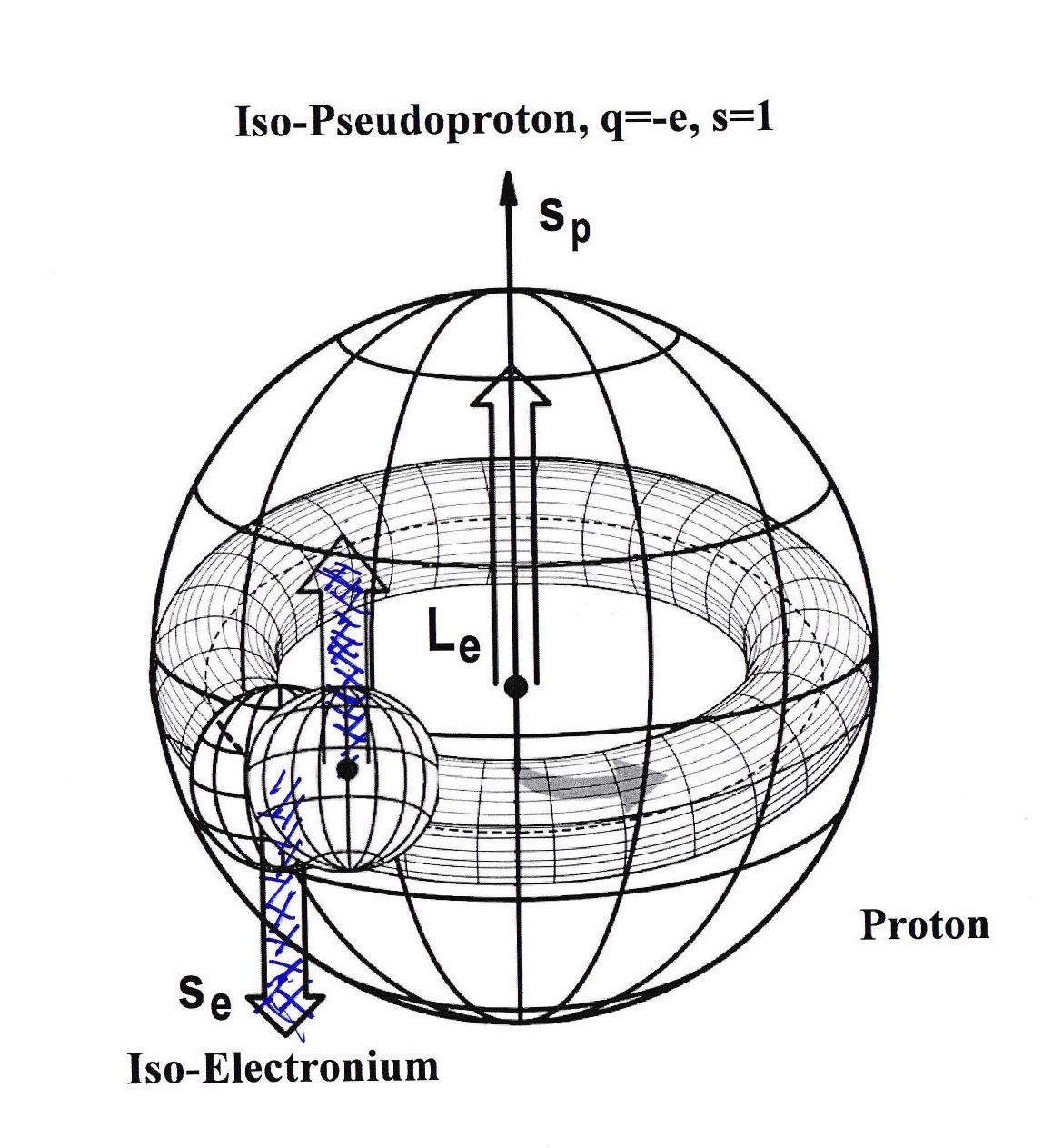
Q12. Your observational experiments and measurements on new controlled fusion appears to be applicable to the stimulated decay of radioactive waste. Can you relay some information on this important need of mankind?
A12. There is no doubt in my mind that, being naturally unstable, radioactive nuclei admit a stimulated decay down to mean life of the order of minutes via equipment that can be operated by nuclear power plants. To give an idea, being large, radioactive nuclei must decay according to established physical laws under the sole deformation of their shape into ellipsoids because of the ensuing dominance of opposing positive charges. The reduction of the mean life is then reduced to the intensity of the electric field. I worked feverishly at this type of nuclear waste recycling during the Al Gore run for the presidency, but I had to stop because of life threats reported in the website http://www.nuclearwasterecycling.com/ apparently from industries interested in the billions of dollars expected from the storage of nuclear waste in the Yukka Mountain, storage that in reality never occurred. Also, it should be indicated that the change of nuclear mean lives is strictly prohibited by quantum mechanics, bit itis indeed allowed by the "cpmpletion" of quantum mechanics into hadronic mechanics.It should be also indicated that due to the high voltage and current, the DC discharge in the core of the 300 kW magnegas refinery in the right of Figure 13 should trigger the decay of radioactive liquid waste from hospitals. A 500 Kw hadronic reactor operating on dry pellets of nuclear waste is predicted to trigger their decay in minutes of exposure.
Q13. On September 8, 2011, you received the honor of being knighted by the Republic of San Marino as a member of the millenary Equestrian Order of Sant'Agata. Can you relay some information on the content of the conference you organized at the Republic of San Marino during that period?
A13. To my knowledge, the 2011 San Marino International Workshop was the first scientific meeting dealing with the matter as well as the antimatter component of the universe, with basic advances in each of them. For the matter component of the universe, we presented the measurements reported in Figure 11 which verifiy the view by Einstein, Hubble, Hoyle, Fermi, de Broglie, and other illustrious scientists according to whom the universe is not expanding. The quantity we actually measure from the universe is the cosmological redshift z of galactic light which is proportional to the distance d of galaxies from Earth according to the Hubble Law z = Hd, where H is Hubble's constant. Einstein, Hubble, Hoyle, Fermi, de Broglie and other illustrious scientists died without accepting the expansion of the universe because, the assumption for the measured redshift z = Hd to be due to the expansion of galaxies at speed v away from us, z =v/c, implies a return to the Middle Ages with Earth at the center of the universe because the expansion would be the same for all galaxies at the distance d in all radial directions from Earth. We then presented experimental evidence on the validity of Zwicky's hypothesis of Tired Light, namely, light losing energy to the intergalactic medium [11] that represents experimental measurements without expansion of the universe. The antimatter component of the universe was introduced for the first time at the 2011 San Marino Workshop because considered non existent prior to our studies. In fact, we presented mathematical, theoretical and experimental evidence on the apparent existence of antimatter galaxies and their necessity to stabilize a non-expanding universe via matter-antimatter gravitational repulsion [19] .


Q14: Do your observational experiments and measurements on the synthesis of the neutron from the hydrogen imply a continuous creation of matter in the universe?
A14. Yes. The mass of the neutron is 0.782 MeV bigger than the sum of the masses of the electron and the proton. This "missing mass" cannot be provided by the relative kinetic energy between the electron and the proton because at that energy the cross-section e-p is essentially null, thus preventing any synthesis. The same goes for other orthodox conjectures. The only consistent explanation I can find is that the missing energy of 0.782 MeV originates from the ether as a universal substratum of extremely high density. Then, the only possible mechanism verifiable with experiments is that the missing energy is propagated from the ether to the neutron via longitudinal impulses I have called "etherino" [20]. The implications are far-reaching because a star synthesizes 1030 neutron per second, or more. Therefore, there could be such a continuous creation of matter that our Sun may acquire from the ether tons of new matter per second. It should be noted that there are additional events in the universe that can only be quantitatively explained via an accretion of matter from the ether. This is the case for the energy released by a supernova which is so astronomically big to prevent explanations via nuclear fusions and other conventional processes. It appears that the missing energy of a supernova originates via the same mechanism of the creation of matter in the synthesis of the neutron.


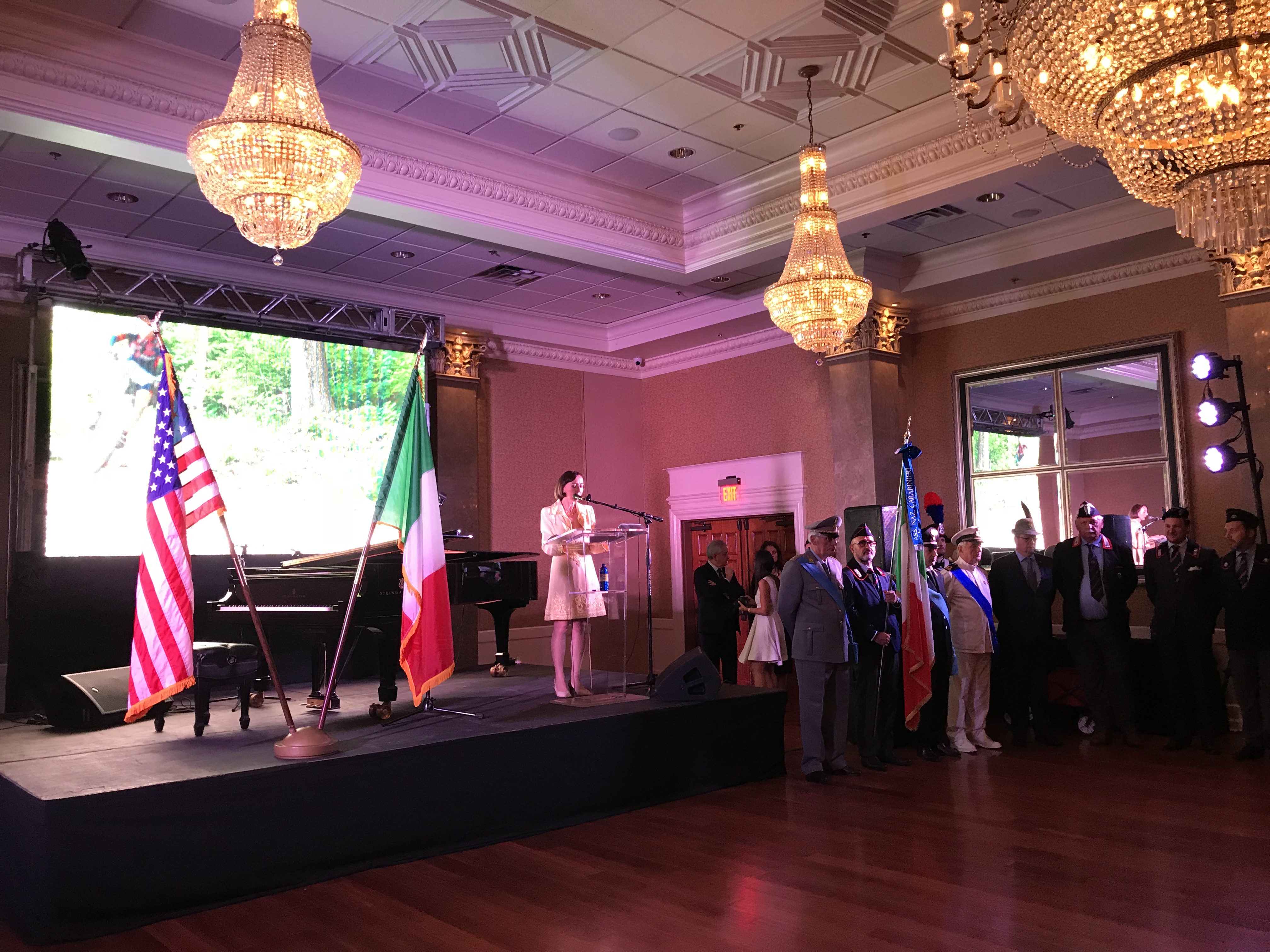
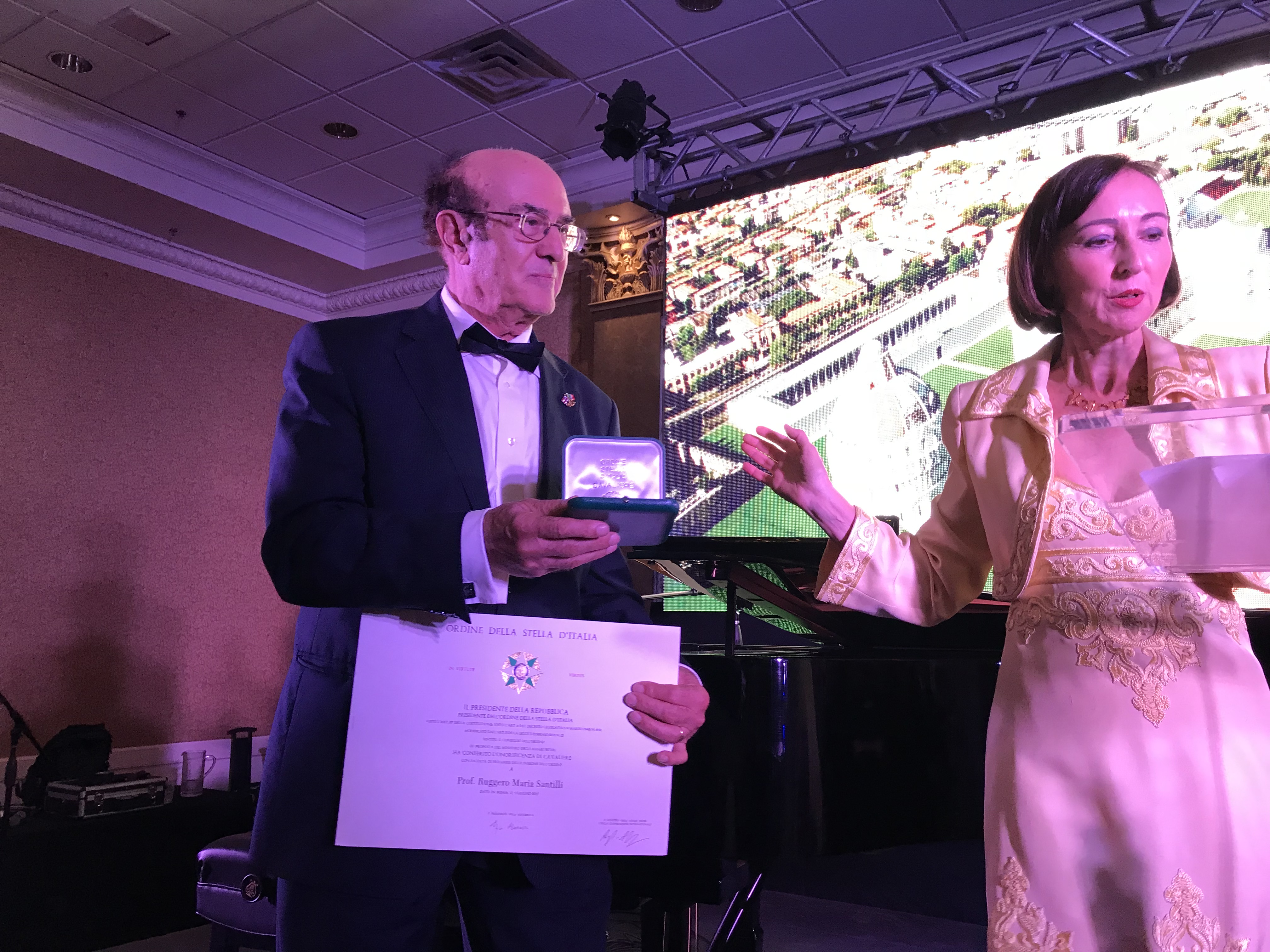
A15. This orthodox view has no scientific foundation because there is no possibility whatsoever that we can identify the preferred reference frame at rest in the universe since the ether fills up the entire universe. Hence, the ether as a universal substratum is in no conflict whatsoever with Einstein's special relativity.
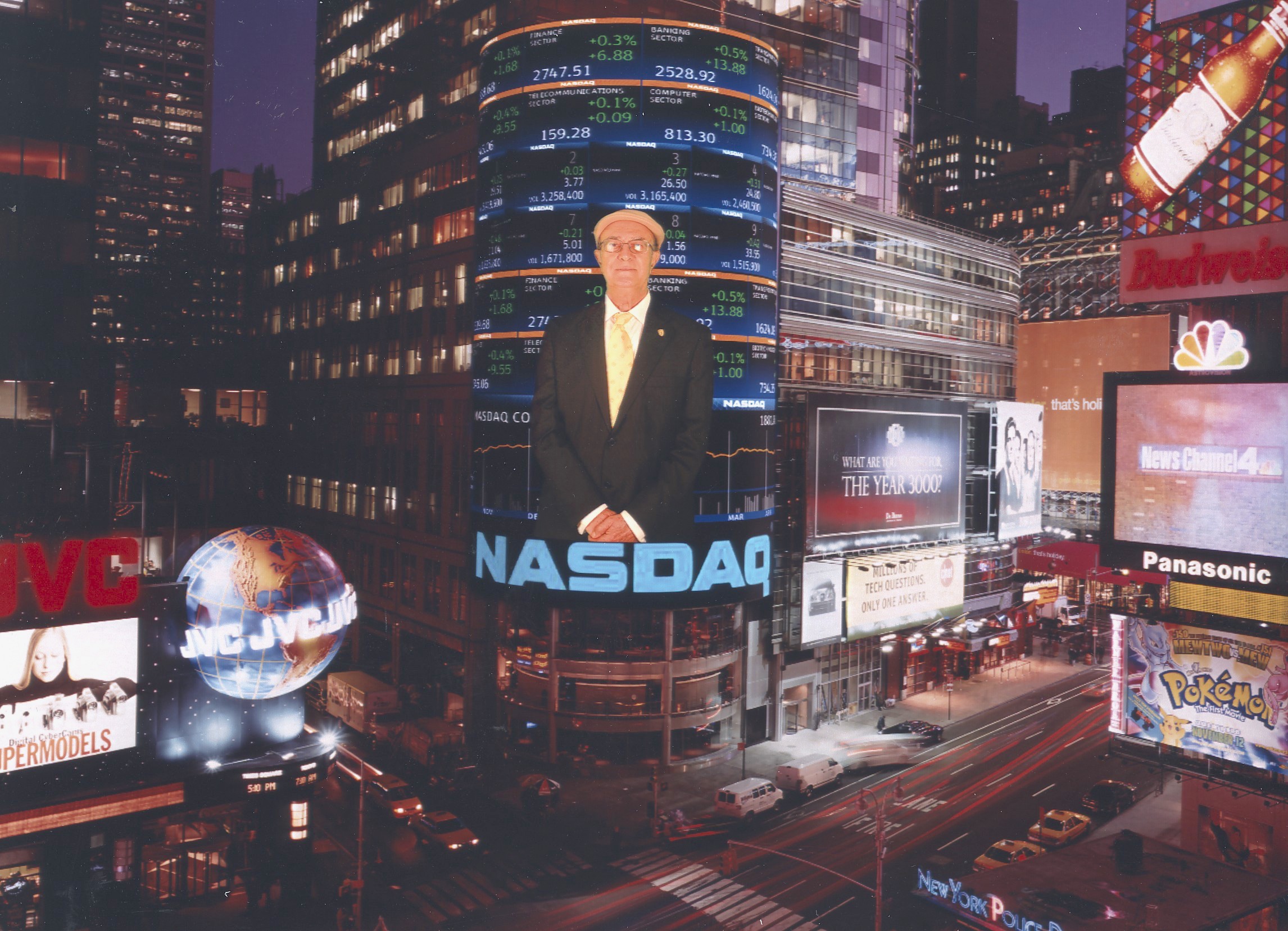
Q16: An early realization in your work was that electrons are oscillations of a point of an extremely rigid ether. This is akin to a deep mystical description of reality, such as in the Rig Veda, where the indivisible co-presence of the immaculate emptiness, Sunyataya, with infinite oneness, Anantaya, is described. With the development of hadronic mechanics, how has this early formative insight unfolded further?
A16. I published my first scientific paper in 1956 [24] as an undergraduate student of physics, on the need for the ether as a universal substratum without the existence of the historical "ethereal wind" and these are the main lines. Electromagnetic "waves" cannot exist without a medium creating and propagating them. Also, electromagnetic waves are transversal in the sense that oscillations occur in the direction perpendicular to that of propagation. This is solely possible if the ether has characteristics similar to our rigidity, from which the title of the paper was derived "Perche' lo spazio e' rigido" (why space is rigid). By comparison, sound waves are longitudinal in the sense that oscillations occur in the direction of propagation because air is compressible. The fact that electromagnetic waves propagate at the incredible speed of 300,000 Km/s requires space to have an extremely big rigidity and energy content. Calculations I did later on indicated that one cubic centimeter of the ether appears to contain more energy than that contained in our entire Sun. The paper then used these features to show the lack of existence of the "ethereal wind" used in the 1950's to dismiss the ether as a universal substratum on grounds that Earth should sense a resistance in its motion within the ether, by therefore preventing it's free orbiting around the Sun. My argument is that the electron has the rest energy E = 0.511 MeV that, once converted to frequency according to the quantum mechanical law E = h v/2Ļ, yields the characteristic frequency of the electron 0.829 1020 Hz. Of course, there is no "little mass" oscillating inside the electron at that huge frequency. So, what is oscillating? The only credible answer is that 0.829 1020 Hz is the frequency of the oscillation of a point of the ether characterizing an electron at rest. So, when an electron moves, there is no motion of any mass, but the transfer of the characteristic oscillations from one point of the ether to another. Inertia is the natural "resistance" by the ether against such a propagation. Similar features can be obtained for other elementary particles, and consequently, for macroscopic masses. The thought-provoking conclusion is that matter is completely empty of any conventional mass, while space is completely full of the hyperdense ether. This appears to be so to such an extent that, in the event we could stop time, the universe would completely disappear because all oscillations would stop. Yes, I agree with you that the universe has a mystical component we just cannot ignore because the complexity of nature is such that it cannot be fully grasped by our senses.
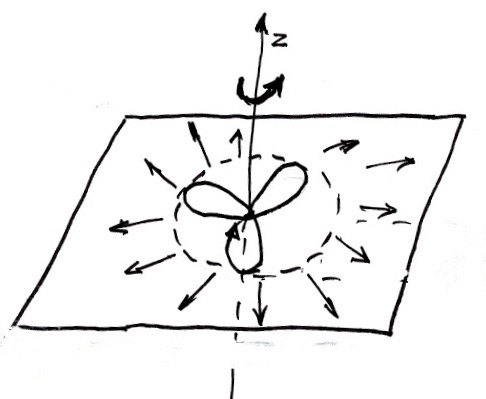
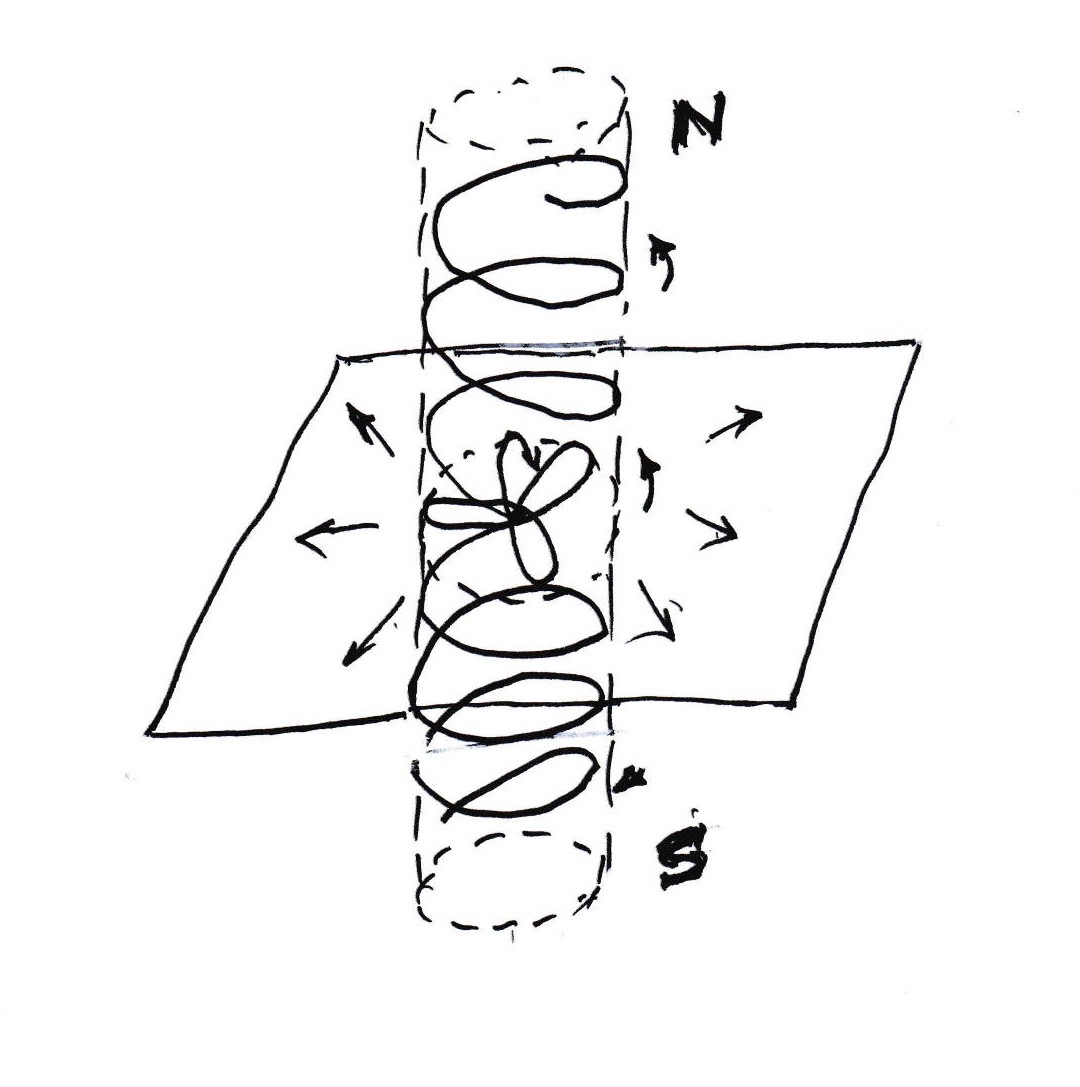
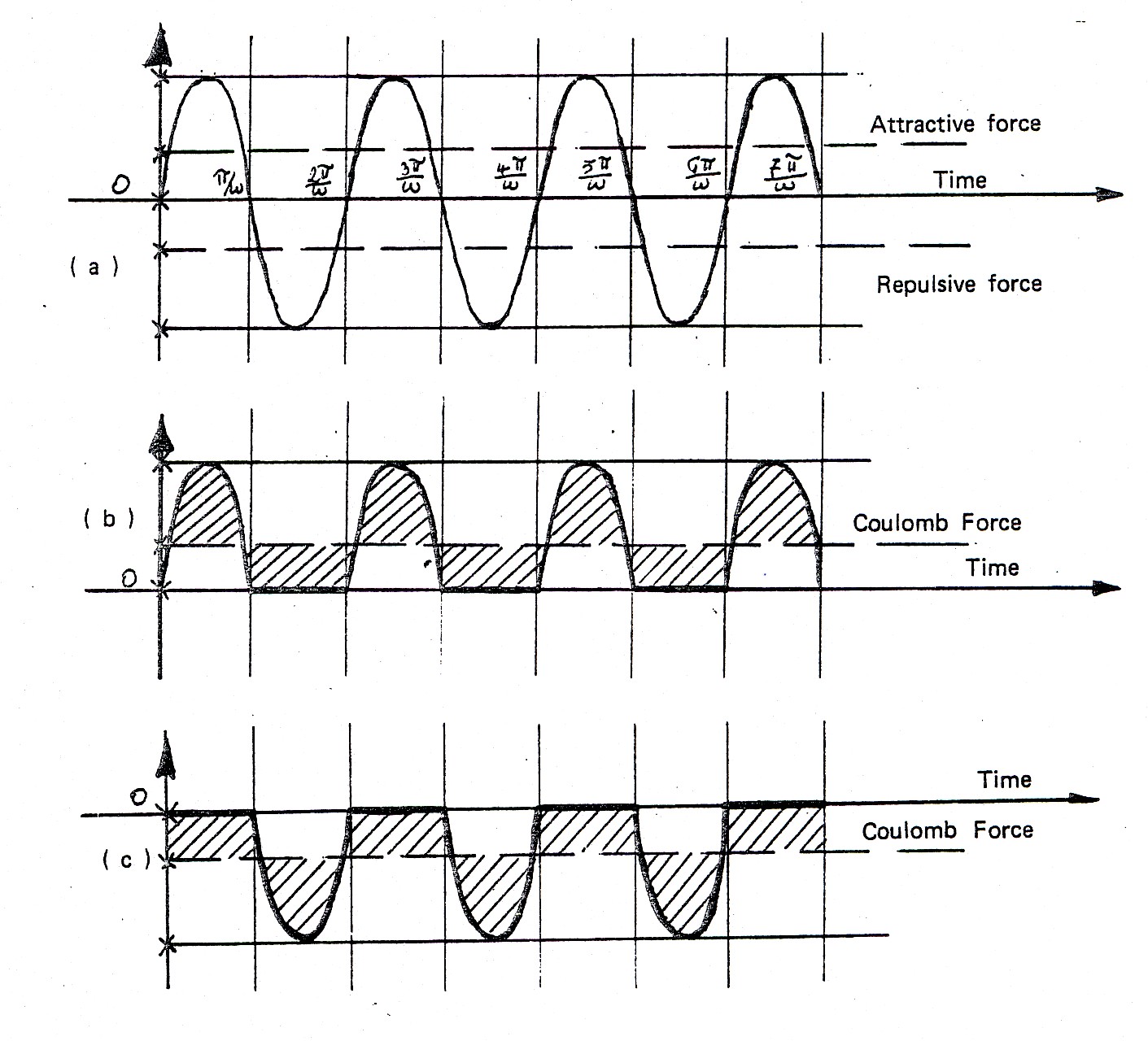
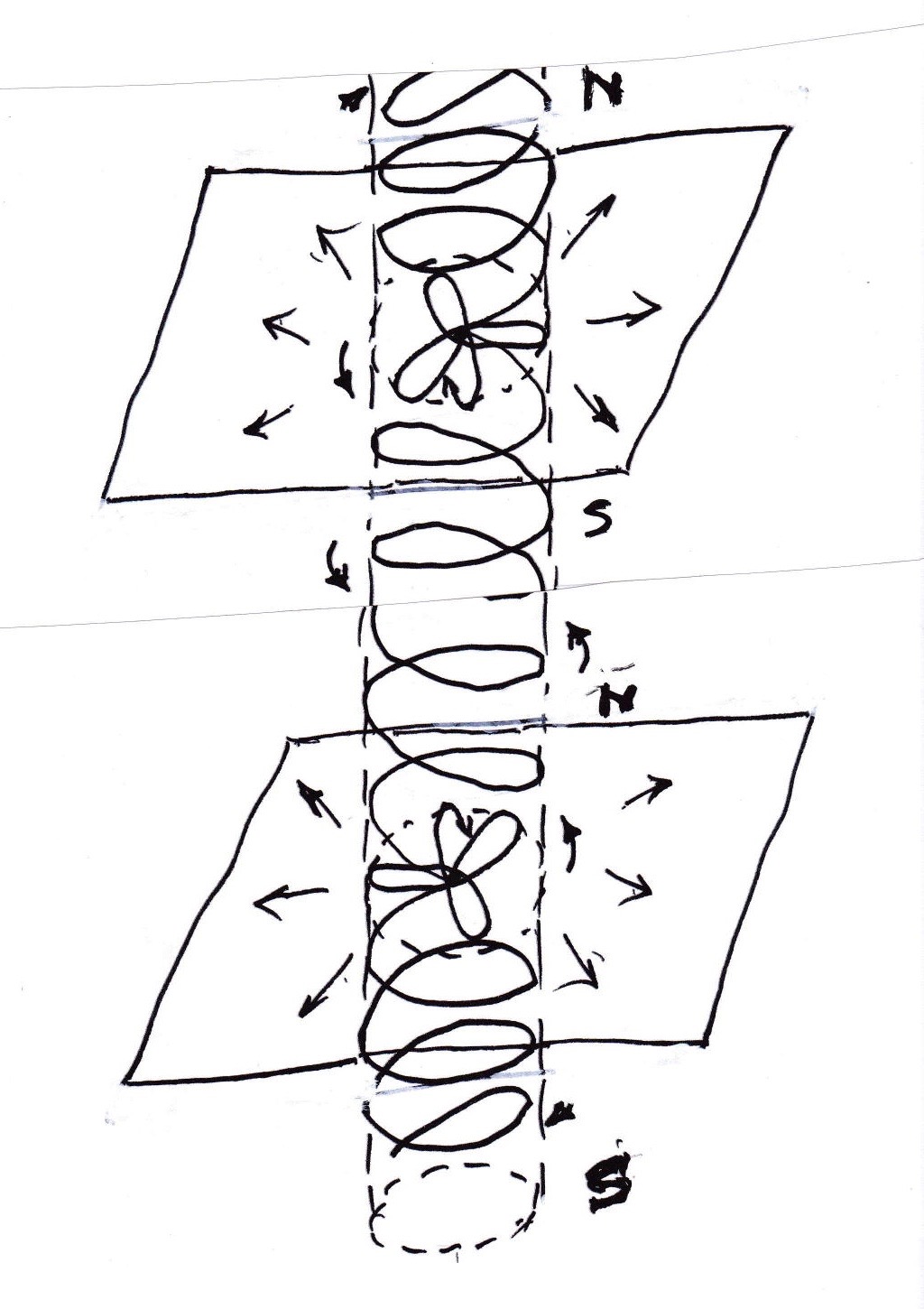
Q17. Is there any mystical aspect in your recent proof of Einstein's determinism?
A17. Yes. We reviewed earlier experimental evidence establishes the quantum entanglement (Figure 8) Refs. [2,3] presented a "completion" of quantum mechanics into hadronic mechanics achieving instantaneous action at a distance without superluminal speeds due to the representation of particle/wavepackets as extended and, therefore, continuously overlapping. It seems to be that a number of mystical aspects are inevitable. The first is that the continuous entanglement at a distance is characterized by contact, thus non-potential interactions, namely, by purely ethereal interactions because they carry no potential energy. Another mystical aspect is caused by the fact that the wavepacket of one electron fills up the entire universe because, even though its intensity decreases with the inverse square of the distance, the wavepackets of one electron is identically null only at infinite distance. Consequently, the universe consists of one single entity with extended constituents all in continuous and perennial entanglement thus implying the possible existence of a kind of cosmic consciousness you have beautifully indicated in your question which cannot be readily dismissed. Numerous other mystical aspects emerge when we add antimatter and eventually consider time.
Q18: In the cosmos of hadronic mechanics, there are different possible universes that coexist within any given part of our universe, with dimensions you have defined as being a “multi-valued,” can you expand on this fresh view?
A18. Thanks for this additional thought-provoking question related to our studies on antimatter. Experimental evidence establishes that matter and antimatter annihilate at contact into light. This evidence can only be treated quantitatively by representing antimatter as having all characteristics opposite those of matter, with no exception. This evidence has required the construction of yet a new mathematics, known as isodual isomathematics [31] where the isodual characterization assures the needed conjugation in the transition from matter to antimatter. But the space-tine of matter fills up the entire universe. Consequently, the space-time of antimatter must co-exist with that of matter. The only mathematical representation I know is that the universe is at least a two-valued hyperstructure, in the sense that any space volume in the universe has indeed three-dimensions, as perceived by our Eustachian lobes, but said volume is two-valued in the sense that the coordinates are positive for matter and negative for antimatter, which notion can be best formulated via hyperstructures [25]. Needless to say, broader multi-fold hyperstructures are expected for biological entities. I should indicate that hypermathematics is the most complex mathematics that can be conceived by the human mind precisely because it is multi-valued as indicated by the fact that the trivial unit 1 of the numeric field, dating back to biblical times, is replaced by an ordered multi-valued set, U = {2, 5/3, 7, ...} as a consequence of which the product of two numbers 2x3 yields the corresponding multivalued result 2x3 = {12, 10, 42, ....}. The religious, let alone mystical implications are simply beyond our imagination at this writing. Recall the need for the ether as a universal substratum with very high positive energy for the characterization and propagation of matter. But then, we have the need for a different ether necessarily having negative energy for the characterization and propagation of antimatter. As indicated earlier, the "matter-ether" must fill up the entire universe, but this must also be the case for the "antimatter-ether." It then follows that, not only matter is empty and space is full, but being the superposition of a positive and a negative ether, space has no feature, thus allowing the first known mathematical representation of the creation of the universe without any discontinuity.
Q19: You indicated in monograph [12] that biological structures are hypermagnecules. Does this view have implications for the actual nature of our bodies and what we are?
A19. Thank you for the beautiful question which is thought-provoking. There are serious indications that an effective representation of the DNA requires hypermathematics and hyperchemistry. as an illustration, the correlation of two atoms in a DNA eventually produces one human organ, such as one eye, that has 1030 atoms. But the biological notion of "correlation" between two atoms is mathematically represented by the multiplication. The multi-valued character of said correlation then mandates the use of hyperstructures. it then follows that a DNA is an hyperstructure in three space directions, each direction being multi-valued. Note that, due to the extreme complexity of DNA, any attempt at deciphering their code via quantum mechanical or chemical methods is doomed to misconceptions at best because said methods are based on conventional numbers 1,2,3,4 etc. By comparison, hyperchemistry has a realistic chance of initiating the efforts for the deciphering of the DNA code precisely in view of its multi-valued character. The mystical aspect deserving consideration by young minds of any age is that the hyperstructural character of biological structure is immensely beyond the comparatively Lilliputian capability of our mind.
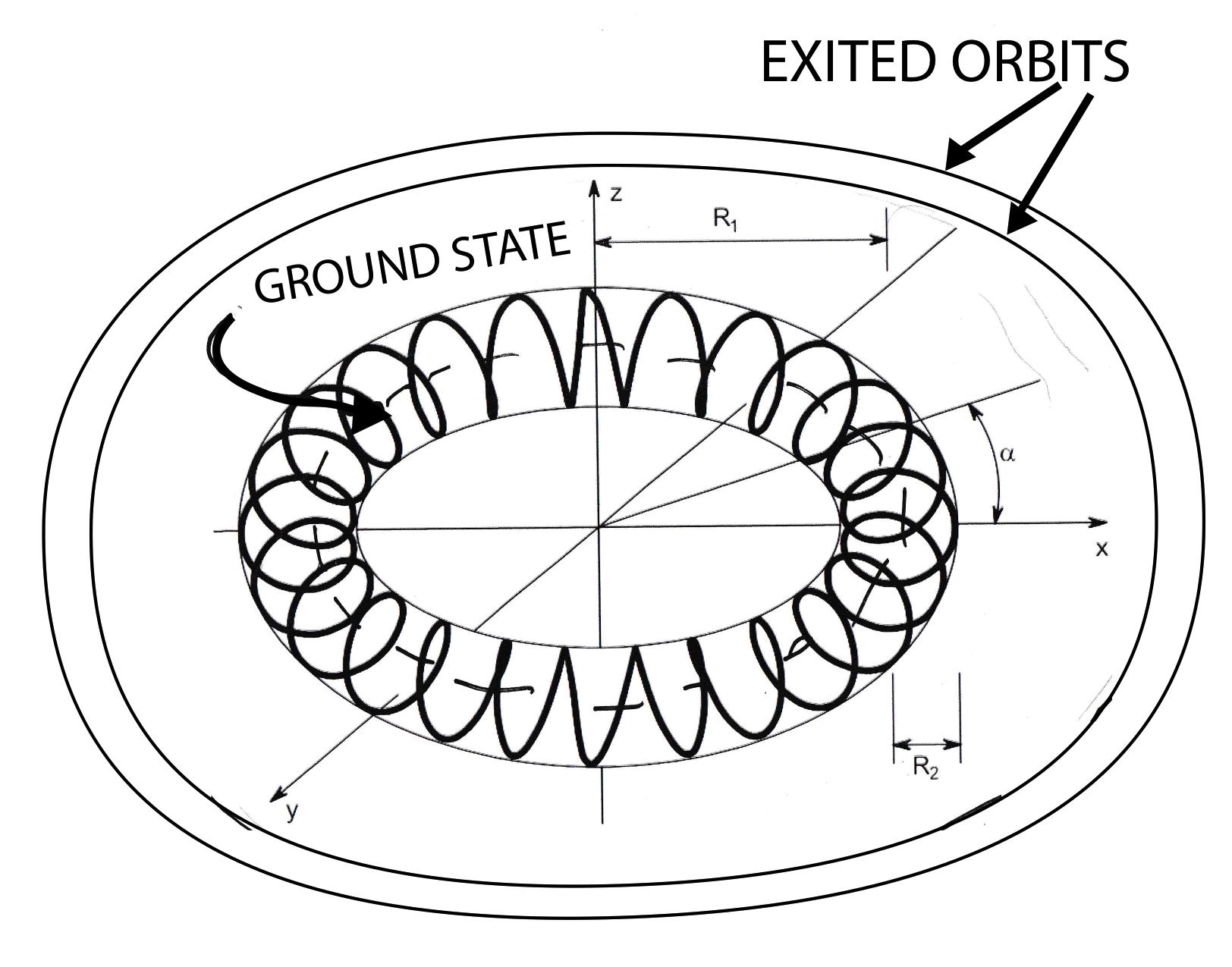
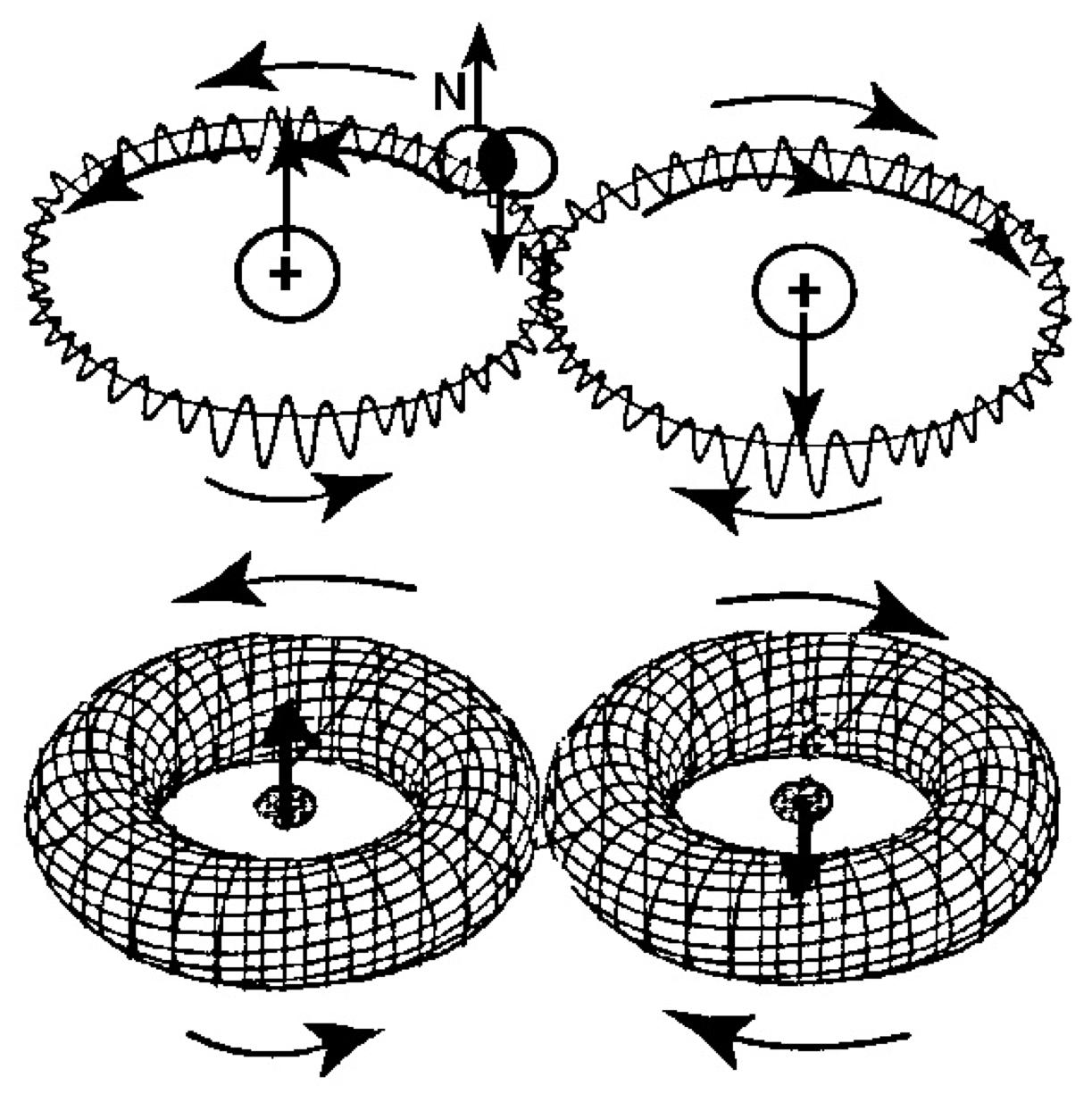

Q20. What are the differences between molecules belonging to a biological structure and the same molecules when belonging to an inert compound? And what are the mystical implications?
A20. It is my deep conviction that molecules such as water belonging to our body are different than the same molecules when in inert conditions. I indicated above the decades of research I dedicated to the study of water which I consider the most complex molecule existing in nature. Clear evidence shows the capability by water to acquire essentially at contact a very large number of flavors, namely, of precise technical data, which are then propagated at rather large distance. A good illustration is the sensing by sharks of blood up to one Km distance. It is evident that, at such a distance, sharks do not sense "diluted blood," but sense instead its basic chemical structure acquired and propagated by water. I am absolutely convinced that this type of complexity cannot possibly be explained with quantum chemistry in a quantitative way, that is, with equations suitable for experimental verifications, rather than with "nomenclatures" such as that of the 20th century valence. The problem is so deep and serious to identify limitations in the very principle of quantum mechanics, namely, the sole transition of atoms to different orbits via the absorption or the emission of quantum of energy. Fir this reason, jointly with Jeremy Dunning Davies of the University of Hull, England, and Richard Lawrence Norman of Hadronic Technologies Corporation, we proposed a new type of quantization, that we called angular quantization, according to which a given thermal or other energy "smaller" that needed for a conventional orbital transition is acquired by atoms via the "acquisition" by electrons of quantized helical motions within toroids. This allowed a rather large capability of data acquisition at the atomic level, which were then multiplied at the level of molecules such as water HOH [28]. The "propagation of said information was faced with yet an additional insufficiency of 20th century quantum chemistry, namely, the representation of the liquid state of water as an additional "nomenclature" evidently due to the notorious lack of identification of the attractive force between water molecules in their liquid state, in which absence, the problem of the propagation of the information by liquid water cannot be scientifically formulated. These additional studies led to the magnecular model of the liquid state [29] which did indeed identify explicitly the attractive force between water and other molecules in their liquid state and did allow at least the initiation of the understanding of the propagation by water of a very large number of precise chemical data. The issue raised by your question is whether the water molecule in our body is the same as that belonging to an inanimate substance. At this point, allow me to express my religious views. I am a practicing Catholic and, as such, I believe that, not only us as humans, but all living organisms have a soul, of course, proportional to the complexity of the organism. More specifically, I believe that the capability of data acquisition by water we have identified, despite its very large character, remains insufficient to characterize a living organism, by therefore suggesting the existence of yet additional differentiations not perceived by our quite limited senses. In particular, I believe that the human soul is the sum of all differences between all atoms composing a living organism compared to their inanimate state.
Q21: In 1990,Chris Illert was able to computer simulate the dynamics of a large number of seashells by discovering that traditional Euclidian mathematics failed to simulate seashells growth because, during said simulation, they would deform and crumble. Additionally, the representation of bifurcation required seashell to have an awareness of time moving forward in the future, time moving forward in the past, time moving backward in the future and time moving backward in the past, and seashells are relatively simple life forms. Are additional arrows of time required for more complex life forms? This has extraordinary implications on the actual nature of complex life. Does this indicate that animate complex life, like the nucleated dynamic DNA is operating as a kind of multi-valued hyperdimensional time machine?
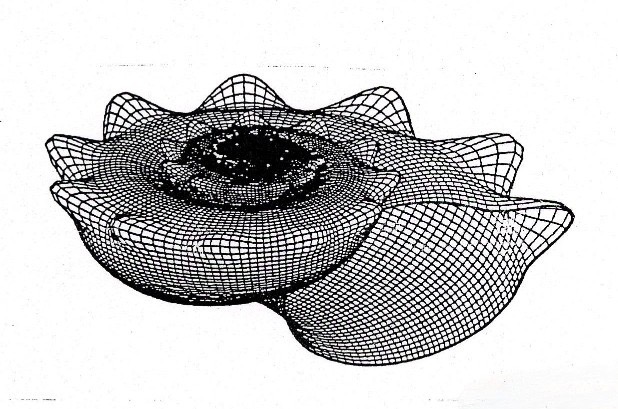
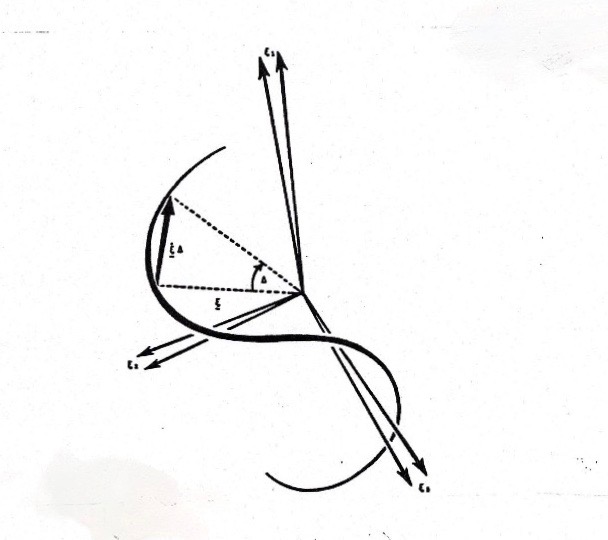
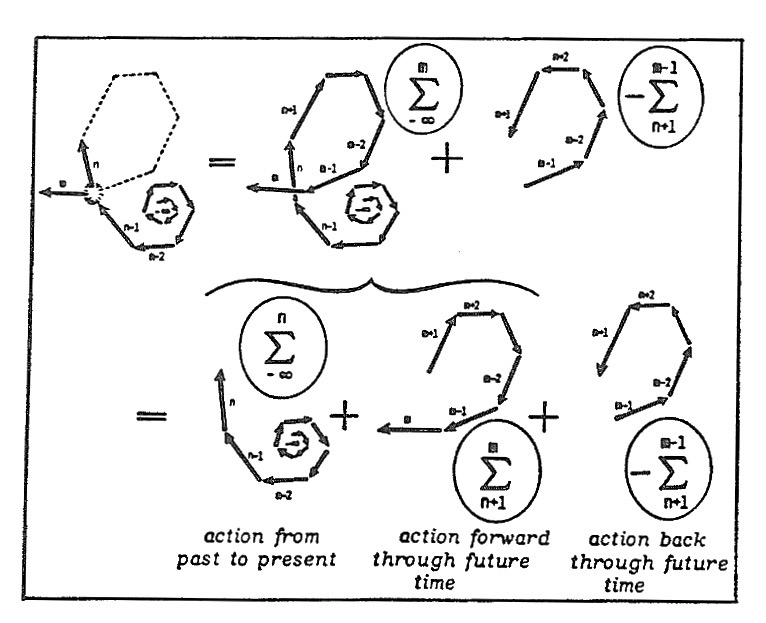


A21. The late Chris Illert made discoveries in biology [31] that I personally consider of historical character. Because of these discoveries, during our 1995 Second International Conference on the Lie-Admissible Treatment of Irreversible Systems held at the Castle Prince Pignatelli, Molise, Italy, we gave to Chris Illert a 30-pound bronze bell with his name cast on the edge for posterity . Illert discovery of a three-dimensional, two-fold space to represent seashell growth stimulated the birth of the multi-fold hyperstructural character of living organisms. The discovery of the need for all four possible directions of time for a seashell to be able to build correct bifurcation is equally historical in my view because it indicated the possible existence of a time entanglement, intended as a possible cosmic awareness of all past, present and future times which should be expected as the time counterpart of the continuous space contact of all components of the universe due to their extended character and known as space entanglement (Figure 8). We reach in this way a space-time hyperstructural entanglement for the living component of the universe of such a complexity that can be treated mathematically via hyperstructures, but its understanding is immensely beyond human capabilities.
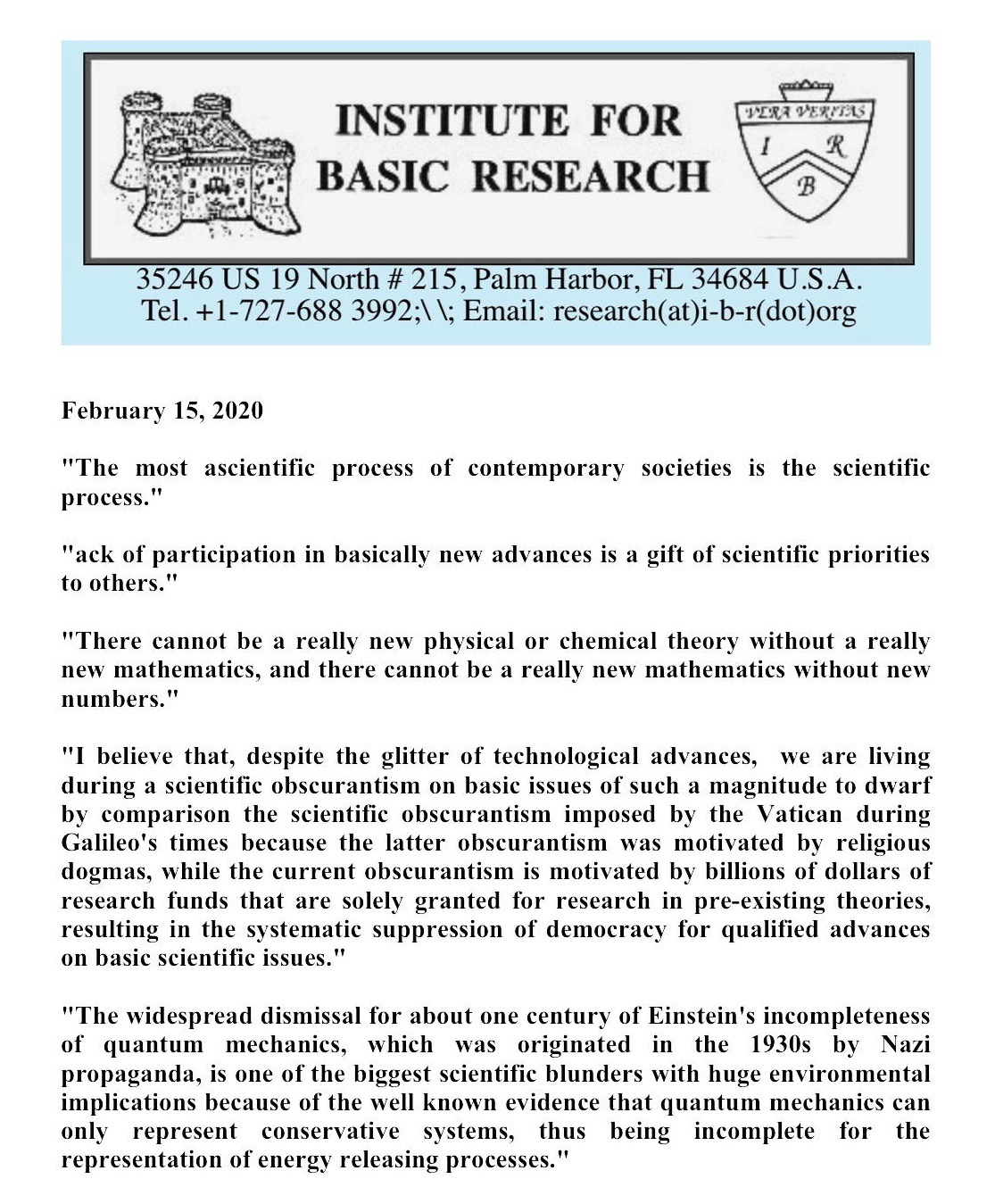
REFERENCES</p>
[1] A. Einstein, B. Podolsky, and N. Rosen, "Can quantum-mechanical
description of
physical reality be considered complete?,'' Phys. Rev., Vol.47,
p. 777 (1935),
http://www.eprdebates.org/docs/epr-argument.pdf
[2] R. M. Santilli, "Isorepresentation of the Lie-isotopic SU(2) Algebra
with Application to Nuclear Physics and Local Realism," Acta Applicandae
Mathematicae Vol. 50, 177 (1998),
http://www.santilli-foundation.org/docs/Santilli-27.pdf
[3] R. M. Santilli, "Studies on the classical determinism predicted by
A. Einstein, B. Podolsky and N. Rosen," Acta Mathematica Volume 37,
pages 5-23 (2019),
http://www.santilli-foundation.org/docs/epr-paper-ii.pdf
[4A] R. M. Santilli, "Studies on the prediction by A. Einstein, B.
Podolsky, and N. Rosen that quantum mechanics is not a complete theory,
I: Basic mathematical, physical and chemical methods,"
www.santilli-foundation.orgg/docs/epr-review-i.pdf
[4B] R. M. Santilli, "Studies on the prediction by A. Einstein, B.
Podolsky, and N. Rosen that quantum mechanics is not a complete theory,
II: Apparent proof of the EPR argument,"
http://www.santilli-foundation.org/docs/epr-review-ii.pdf
[4C] International workshop on Einstein determinism 2021,
http://www.santilli-foundation.org/docs/epr-workshop-2020.pdf
[4D] Debate on the E PR argument, physics,
http://eprdebates.org/santilli-confirmation-of-the-epr-argument.php
[4E] Debate on the EPR argument, chemistry,
http://eprdebates.org/santilli-confirmation-of-the-epr-argument-chemistry.php
[4F] R. M. Santilli, "Nonlocal-Integral Isotopies and Genotopies of Differential Calculus,
Mechanics and Geometries," in Isotopies and Genotopies of Contemporary Mathematical
Structures, P. Vetro, Editor, Rendiconti Circolo Matematico Palermo, Suppl. Vol. 42, 7-82
(1996),
http://www.santilli-foundation.org/docs/Santilli-37.pdf
[5] N. Bohr, "Can quantum mechanical description of physical reality be
considered complete?" Phys. Rev. Vol. 48, p. 696 (1935),
http://www.informationphilosopher.com/solutions/scientists/bohr/EPRBohr.pdf
[6] Stanford Encyclopedia of Philosophy, "Bell's Theorem" (first
published 2005, revised 2019),
https://plato.stanford.edu/entries/bell-theorem
[7] R. M. Santilli, "Embedding of Lie-algebras into Lie-admissible
algebras,"
Nuovo Cimento Vol. 51, p. 570 (1967),
http://www.santilli-foundation.org/docs/Santilli-54.pdf
[8] R. M. Santilli, "Lie-admissible invariant representation of
irreversibility for matter and antimatter at the classical and
operator levels,"
Nuovo Cimento B 121, 443 (2006),
http://www.santilli-foundation.org/docs//Lie-admiss-NCB-I.pdf
[9] Richard Norman, Anil A. Bhalekar, Simone Beghella Bartoli,
Brian Buckley, Jeremy Dunning-Davies, Jan Rak, Ruggero M. Santilli
"Experimental Confirmation of the Synthesis of Neutrons and Neutroids from
a Hydrogen Gas, American Journal of Modern Physics, Vol. 6 (4-1), page
85-104 (2017),
http://www.santilli-foundation.org/docs/confirmation-neutron-synthesis-2017.pdf
[10] Hadronic Technologies Corporation, Directional Neutron Source,
http://hadronictechnologies.com/docs/TEC-DNS-3Za.pdf
[11] H. Ahmar, G. Amato, J. V. Kadeisvili, J. Manuel, G. West, and O.
Zogorodnia, "Additional experimenal confirmations of Santilli
isoredshift and the consequential expected absence of universe
expansion", Journal of Computational Methods in Sciences and Engineering,
Vol. 13, page 321 (2013),
http://www.santilli-foundation.org/docs/IRS-confirmations-212.pdf
[12] R. M. Santilli, Foundations of Hadronic Chemistry, with
Applications to New Clean Energies and Fuels, Kluwer Academic
Publishers (2001),
http://www.santilli-foundation.org/docs/Santilli-113.pdf
Russian translation by A. K. Aringazin,
http://i-b-r.org/docs/Santilli-Hadronic-Chemistry.pdf
[13] R. M. Santilli, "Theoretical prediction and experimental
verification of the new chemical species of magnecules," Hadronic J. 21,
789 (1998),
http://www.santilli-foundation.org/docs/Santilli-43.pdf
[14] Y. Yang, J. V. Kadeisvili, and S. Marton, "Experimental
Confirmations of the New Chemical Species of Santilli Magnecules,"
The Open Physical Chemistry Journal Vol. 5, 1-16 (2013),
http://www.santilli-foundation.org/docs/Magnecules-2012.pdf
[15] R. M. Santilli
"An introduction to the new sciences for a new era,"
Invited paper, SIPS 2016, Hainan Island, China
Clifford Analysis, Clifford Algebras and their Applications ol. 6, No.
1, pp. 1-119, 2017,
http://www.santilli-foundation.org/docs/new-sciences-new-era.pdf
[16] R. M. Santilli. "The novel "Controlled Intermediate Nuclear Fusion:"
A report on its industrial realization as predicted by hadronic
mechanics, Hadronic J. Vol. 31, 1, 2008,
http://www.i-b-r.org/CNF-printed.pdf
[17] R. M. Santilli,
"The Novel Hyper Combustion for the Complete Combustion of Fossil Fuels,"
Intern. Journal of Chemical Engineering and Applications, Vol. 10, No.
1, February 2019,
http://www.santilli-foundation.org/docs/hypercombustion-2019.pdf
[18] R. M. Santilli,
"Apparent Experimental Confirmation of Pseudoprotons and
their Application to New Clean Nuclear Energies,"
International Journal of Applied Physics and Mathematics
Volume 9, Number 2, April 2019,
whttp://www.santilli-foundation.org/docs/pseudoproton-verification-2018.pdf
[19] P. Fleming, References on antimatter galaxies as of 12/2016,
http://www.santilli-foundation.org/docs/references-antimatter-galaxies.pdf
[20] R. M. Santilli, "The etherino and/or the Neutrino Hypothesis?" Found.
Phys. Vol. 37, p. 670 (2007),
http://www.santilli-foundation.org/docs/EtherinoFoundPhys.pdff
[21] R. M. Santilli, "A structure model of the elementary charge,"
Hadronic Journal Vol. 4, page 770 (1981),
http://www.santilli-foundation.org/docs/Santilli-03.pdf
[22] R. M. Santilli, Hadronic Mathematics, Mechanics and
Chemistry,
Volumes I to V, International Academic Press, (2008),
http://www.i-b-r.org/Hadronic-Mechanics.htm
[23] Gandzha and J. Kadeisvili, New Sciences for a New Era:
Mathematical, Physical and Chemical Discoveries of Ruggero Maria
Santilli,
Sankata Printing Press, Nepal (2011),
http://www.santilli-foundation.org/docs/RMS.pdf
[24] R. M. Santilli, "Perche' lo spazio e' rigido" (Why space is rigid),
Il Pungolo Verde, Campobasso, Italy (1956),
http://www.santilli-foundation.org/docs/Santilli-49.pdf
[25] B. Davvaz, R. M. Santilli, and T. Vougiouklis, "Studies of
Multi-Valued Hyperstructures for the Characterization of
Matter-Antimatter Systems and their Extension,’ in Proceedings of the
2011 International Conference on Lie-admissible Formulations for
Irreversible Processes, C. Corda, editor, Kathmandu University, Nepal,
2011, pages 45-57,
http://www.santilli-foundation.org/Hyperstructures.pdf
[26] R. M. Santilli and D. D. Shillady, "A new isochemical model of the
hydrogen molecule," Intern. J. Hydrogen Energy Vol. 24, pages 943-956
(1999),
http://www.santilli-foundation.org/docs/Santilli-135.pdf
[27] R. M. Santilli and D. D. Shillady, "A new isochemical model of the
water molecule," Intern. J. Hydrogen Energy Vol. 25, 173-183 (2000),
http://www.santilli-foundation.org/docs/Santilli-39.pdf
[28] J.Dunning-Davies, R. Norman, Ruggero Maria Santilli,
"A Possible Angular Quantization as a Complement to the Conventional
Radial Quantization in the Hydrogen Atom and Aqueous Systems,"
American Journal of Modern Physics 2017; 6(4-1): 105-109,
http://www.santilli-foundation.org/docs/angular-quantization-2017.pdf
[29] R. M. Santilli
"A Tentative Magnecular Model of Liquid Water with an
Explicit Attractive Force Between Water Molecules,"
Special Issue III: Foundations of Hadronic Chemistry,
American Journal of Modern Physics 2017; 6(4-1): 46-52,
http://www.santilli-foundation.org/docs/santilli-liquid-water.pdf
[30] C. R. Illert and R. M. Santilli, Foundations of Theoretical
Conchology,Hadronic Press (1995),
http://www.santilli-foundation.org/docs/Santilli-109.pdf
[31] R.M. Santilli, Isodual Theory of Antimatter with Applications
to Antigravity, Grand
Unification and Cosmology, Springer (2006),
http://www.santilli-foundation.org/docs/santilli-79.pdf
Copyright ©
1997-2007-2014-2020 Institute for Basic Research, 35246 US 19 North # 215,
Palm Harbor, FL 34684 U.S.A.
Tel: 1-727-688-3992
All Rights Reserved.